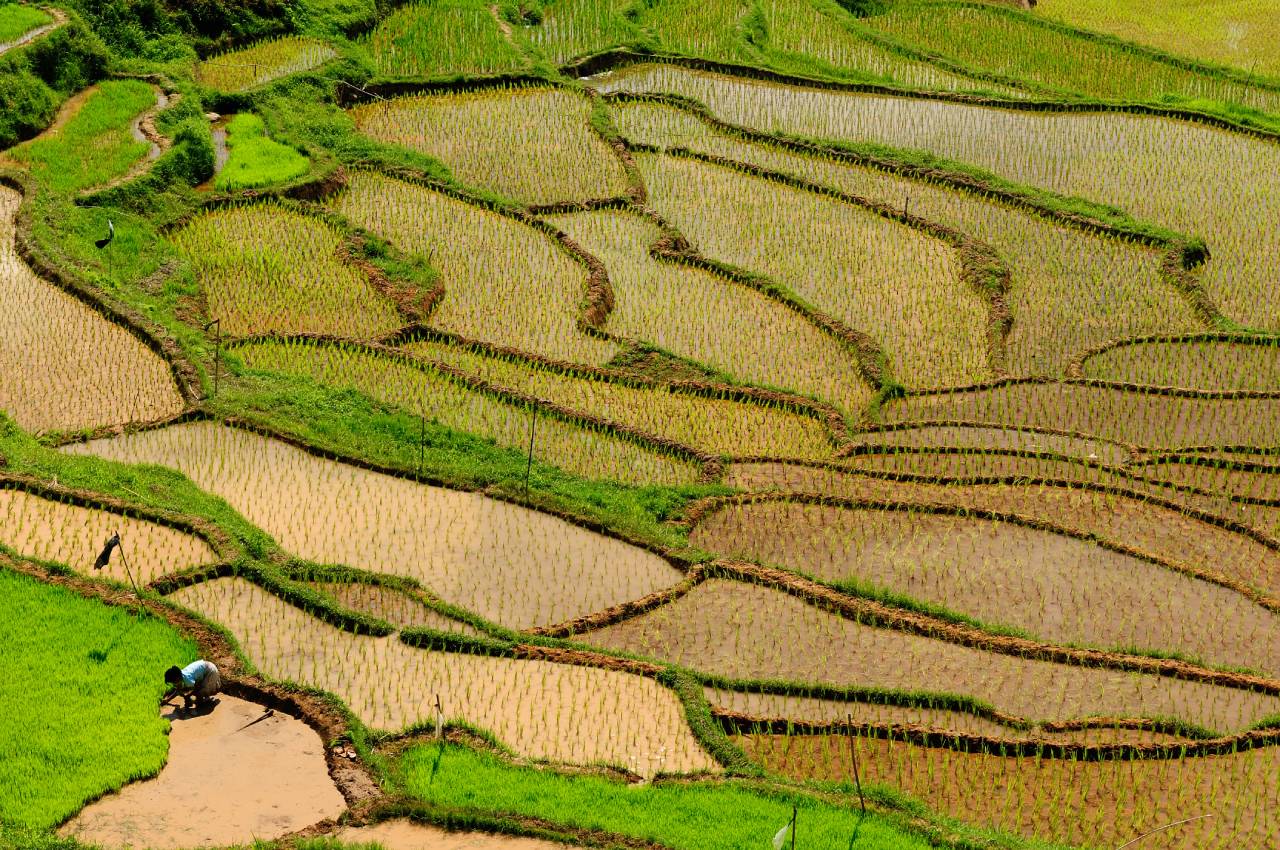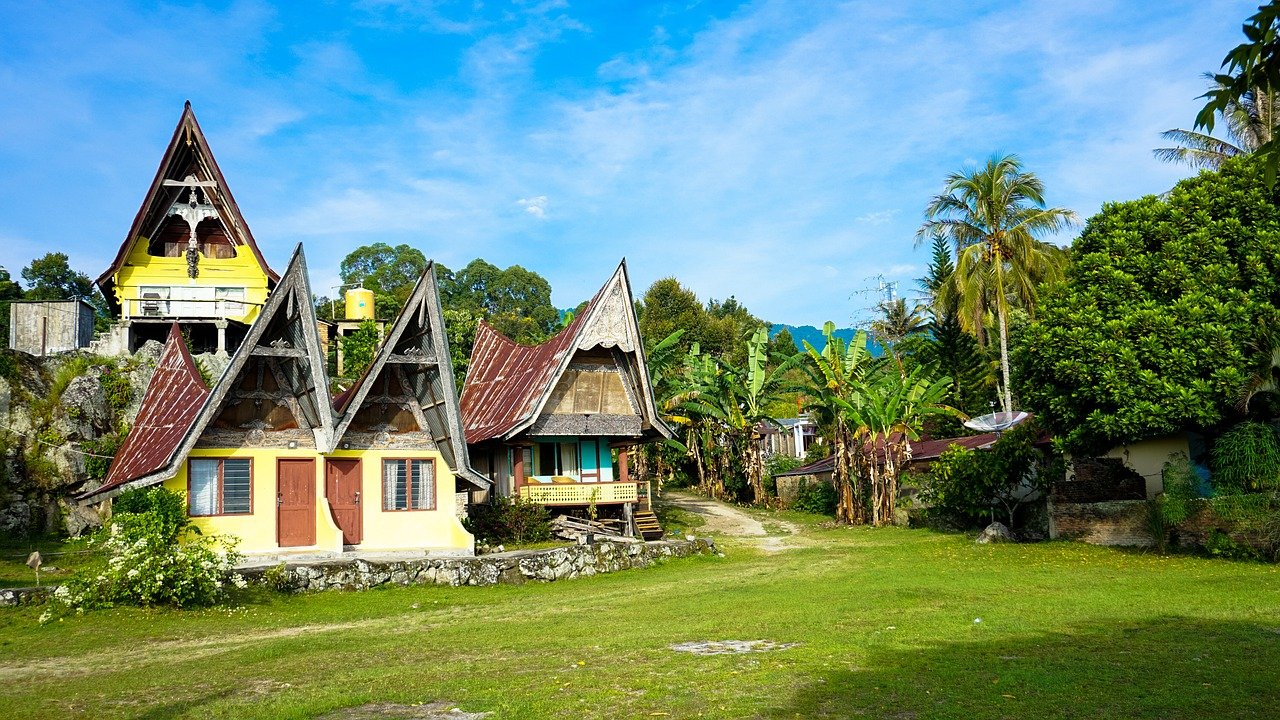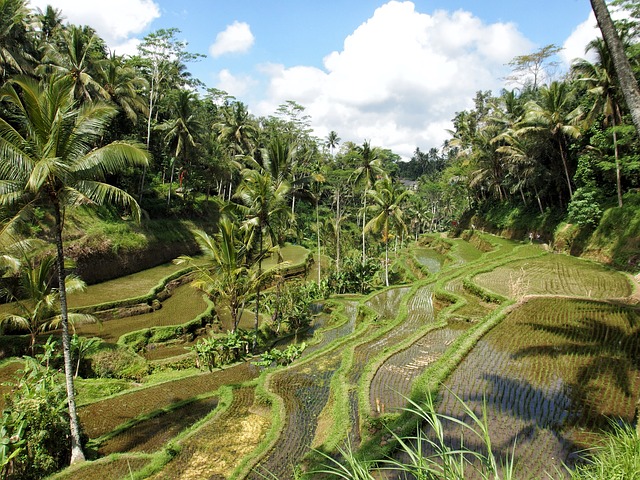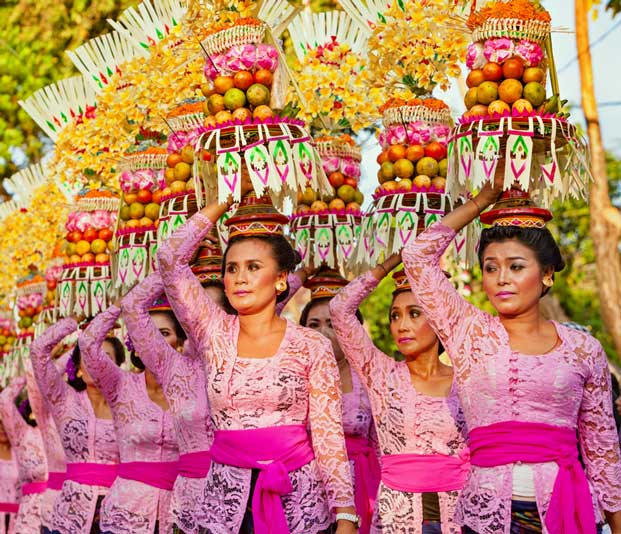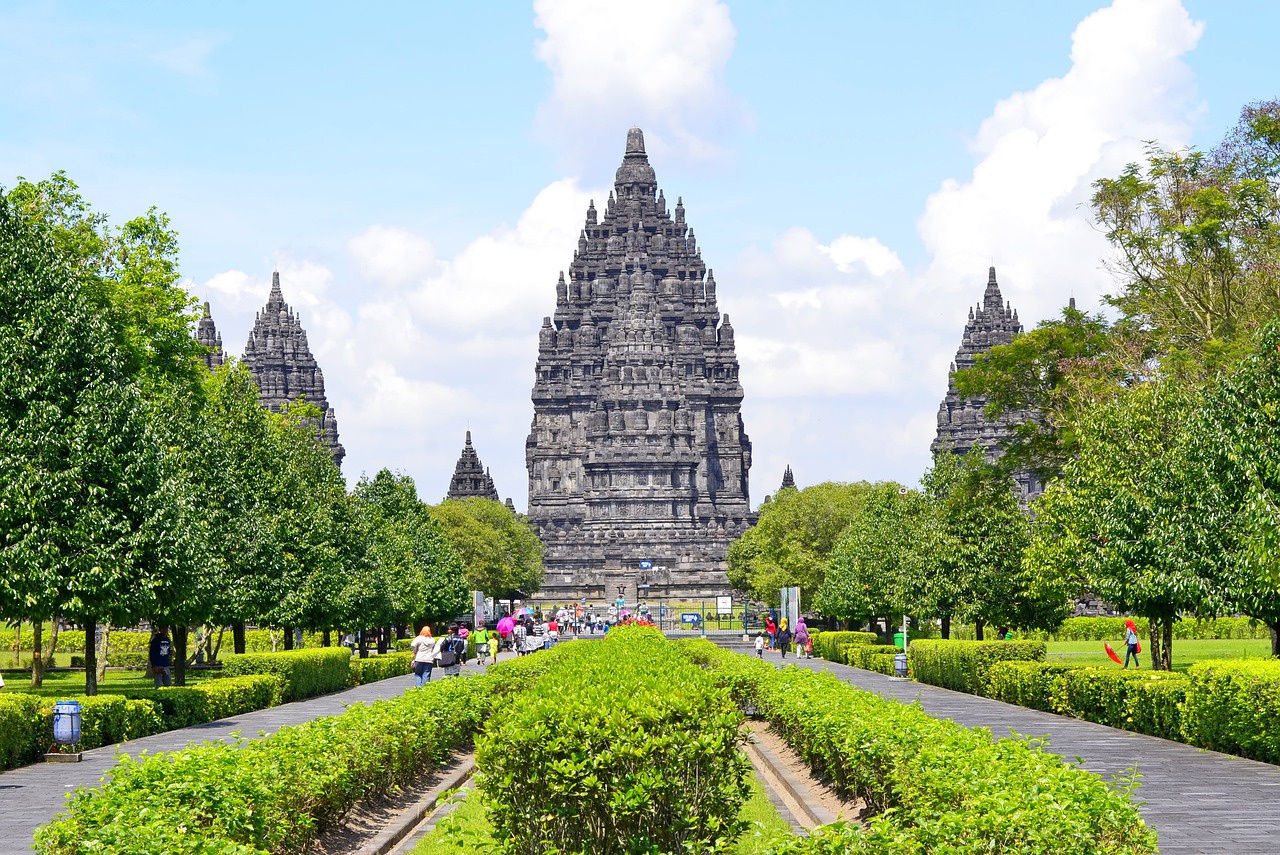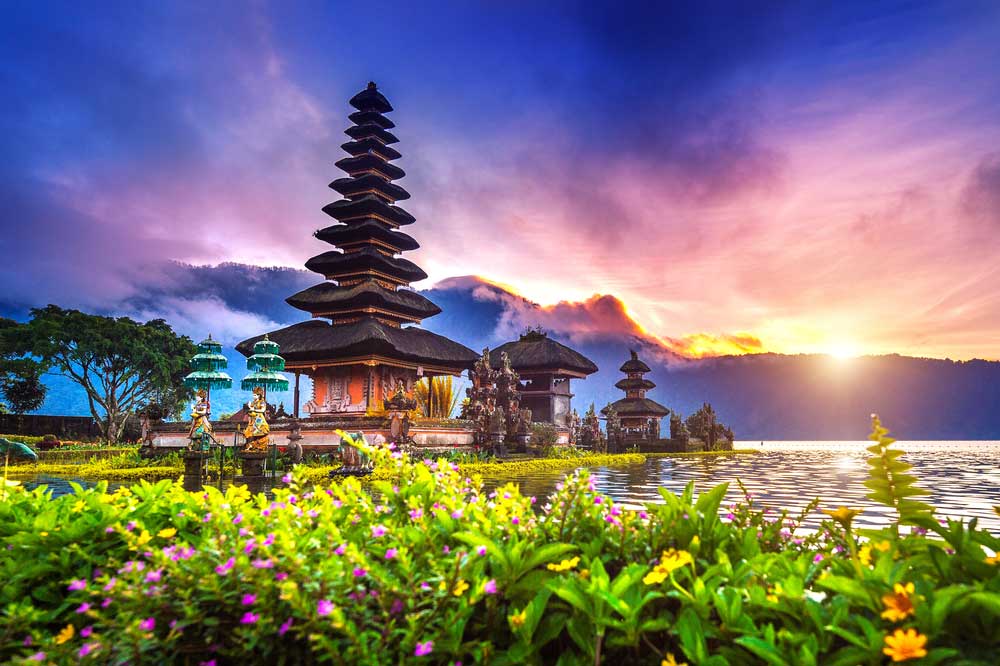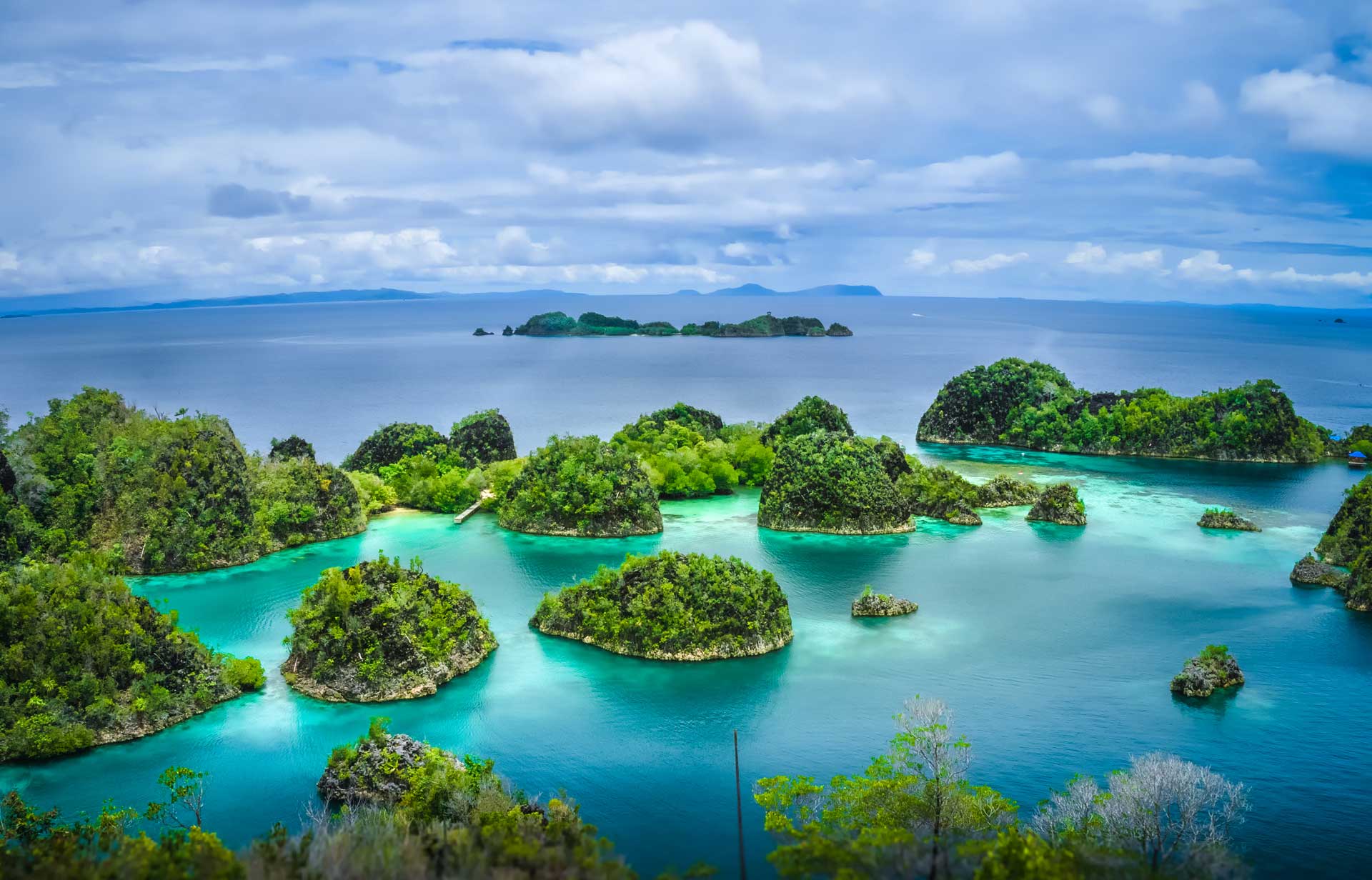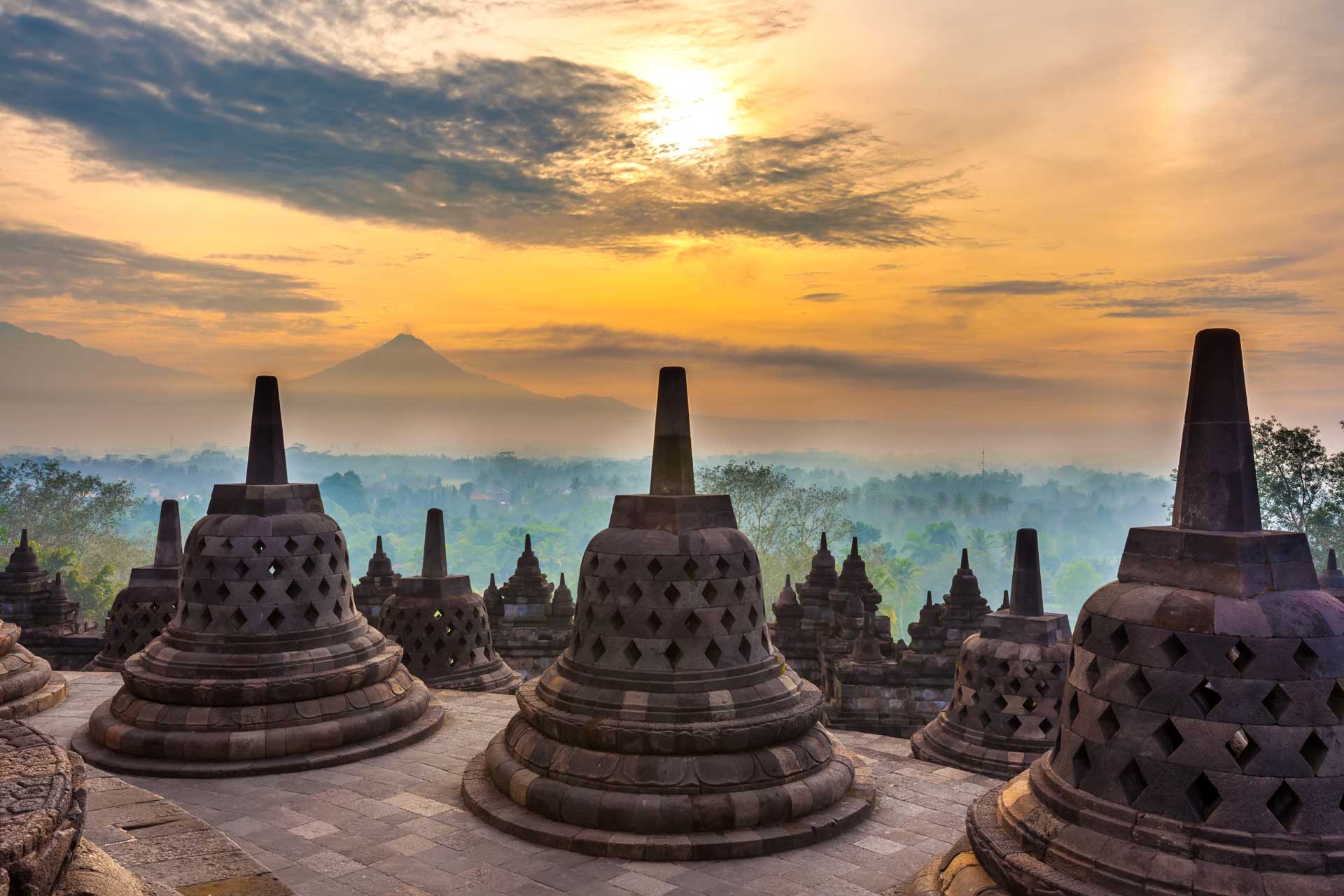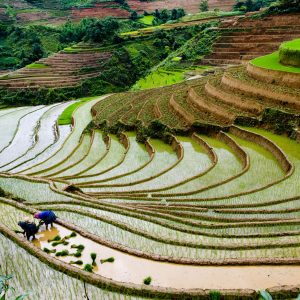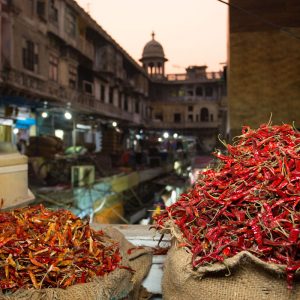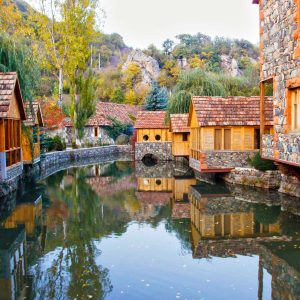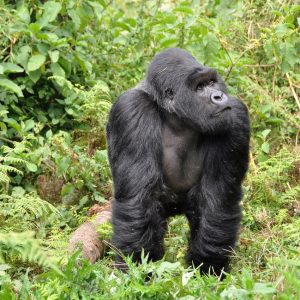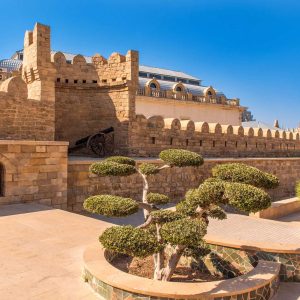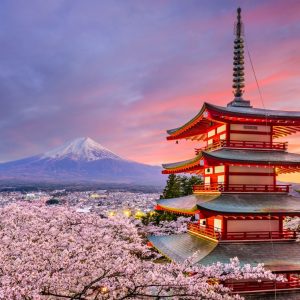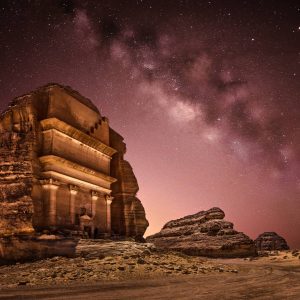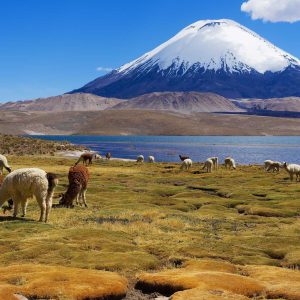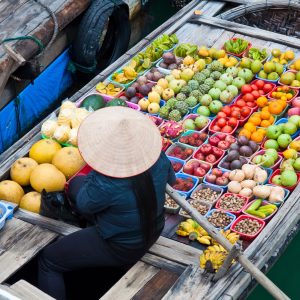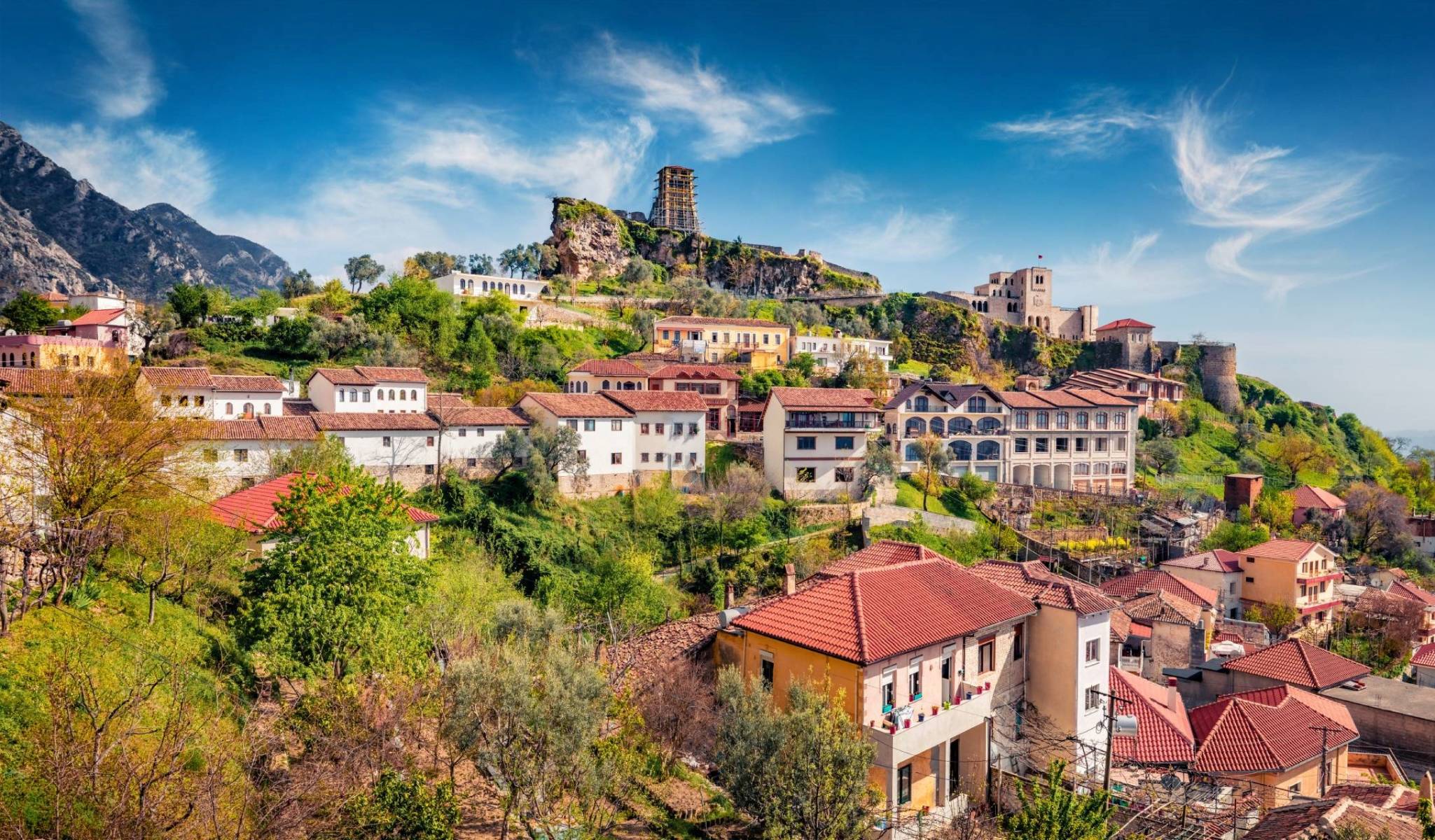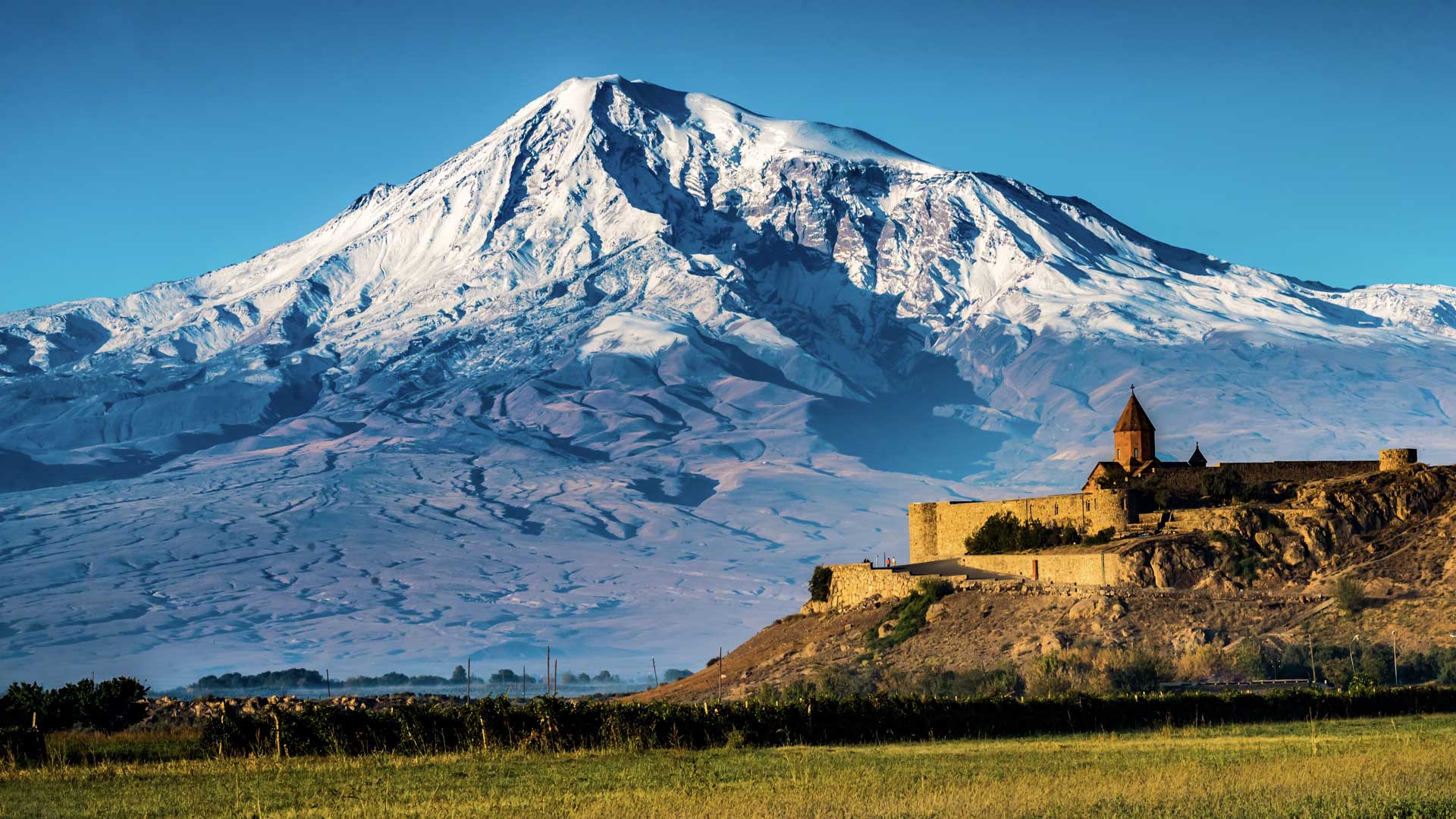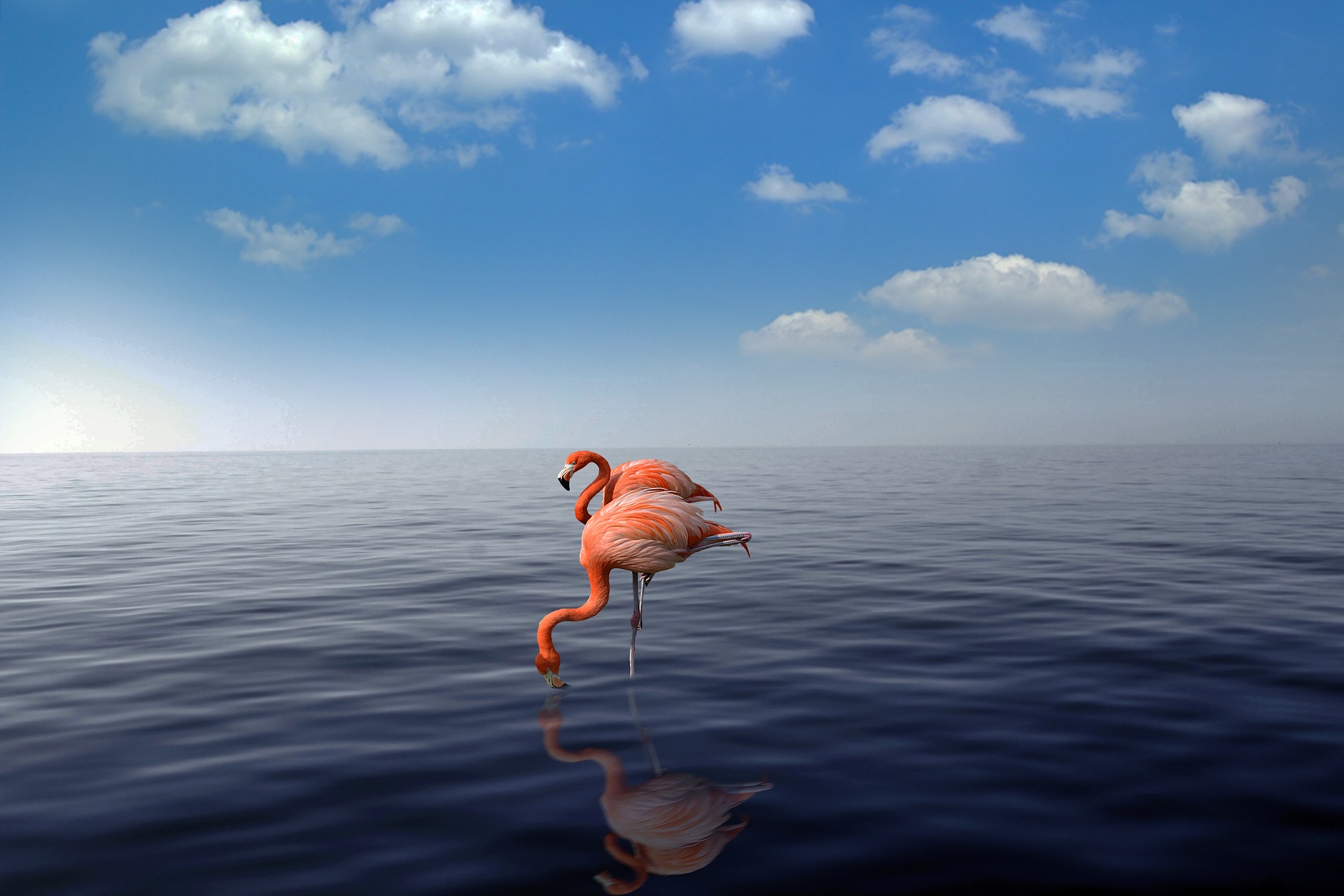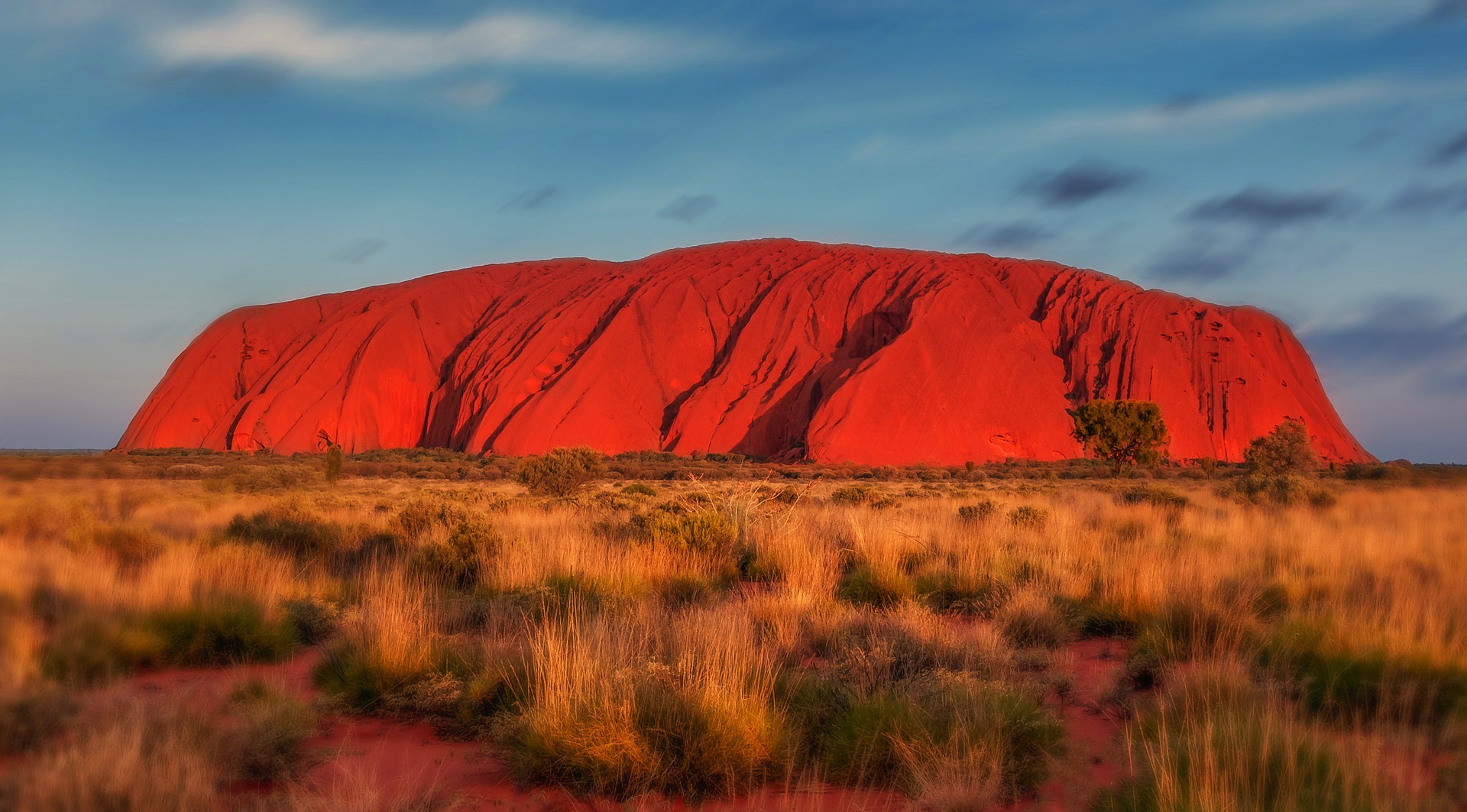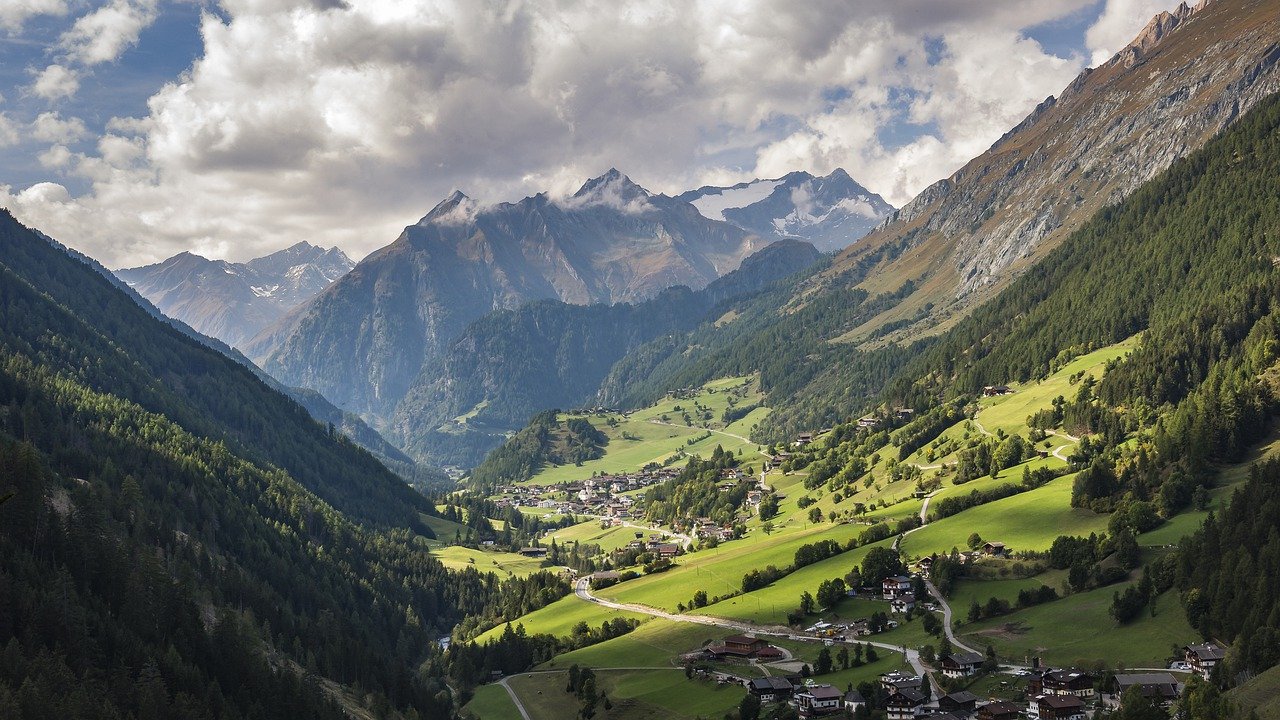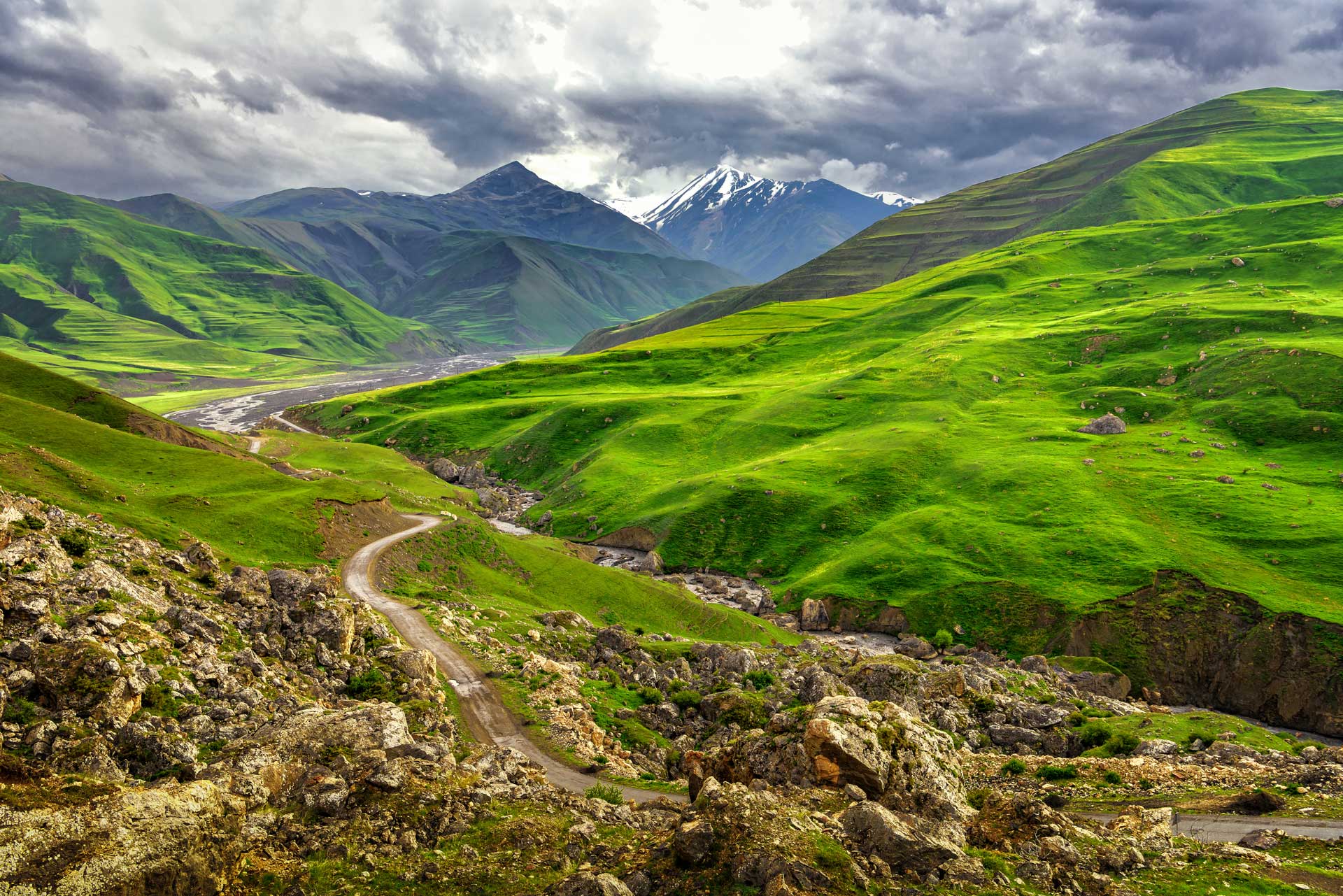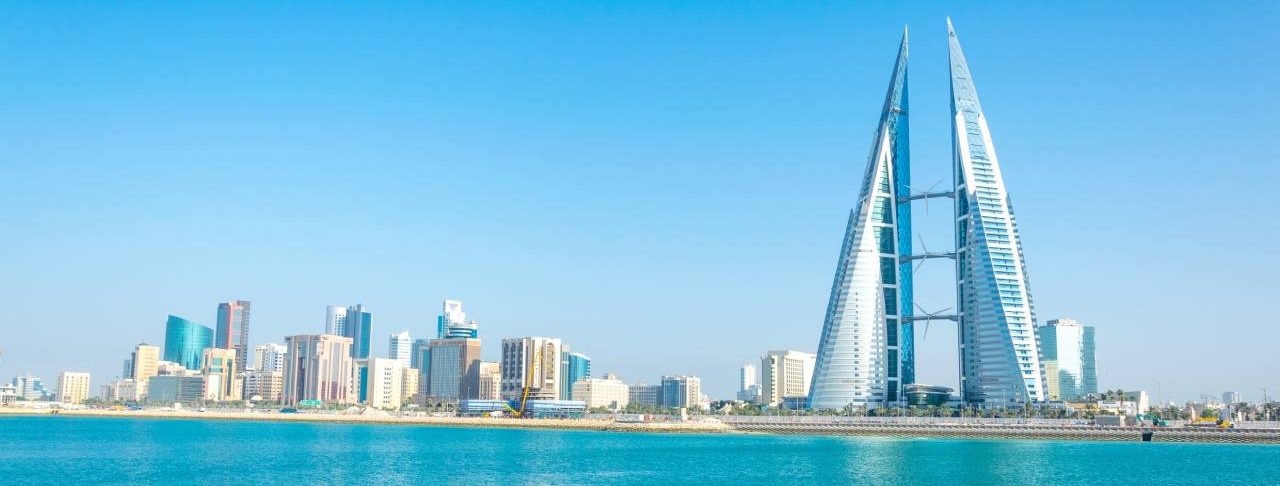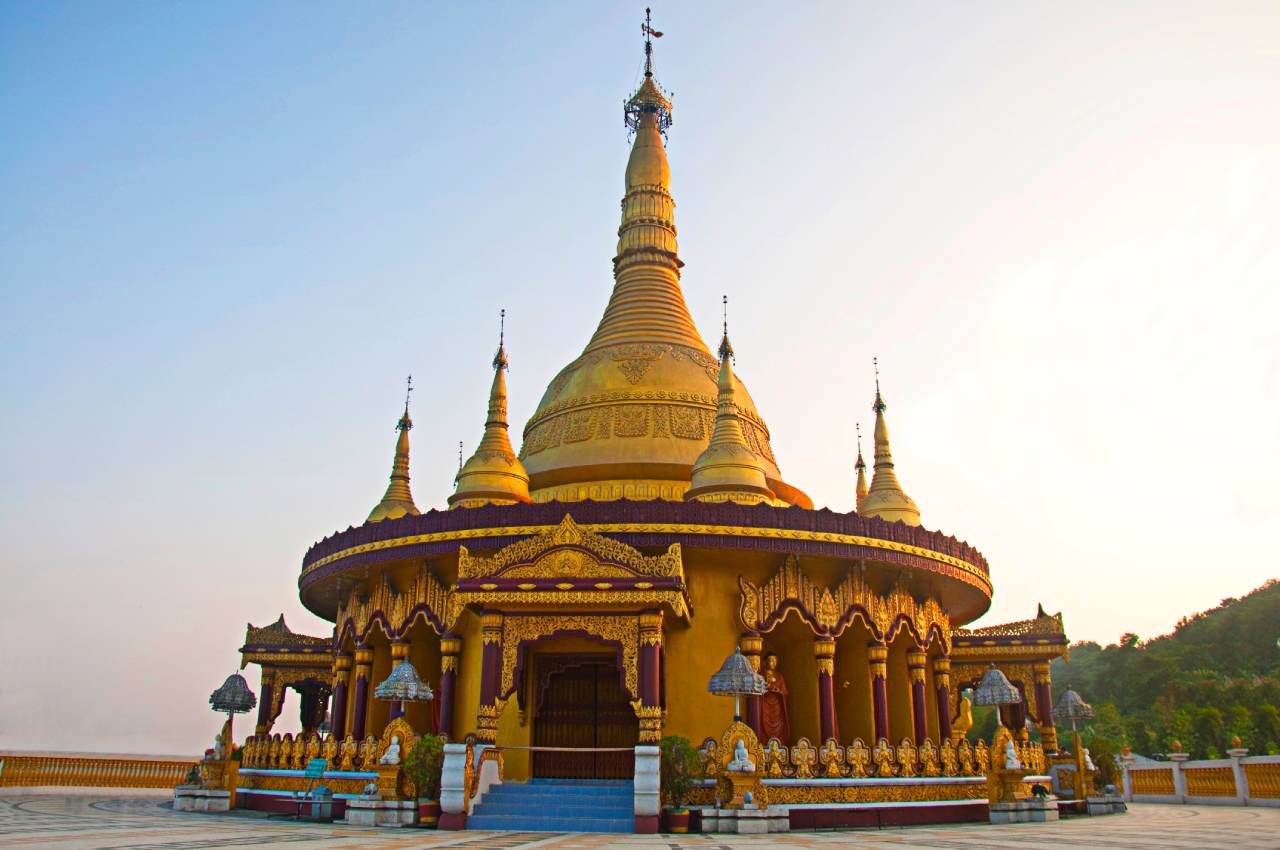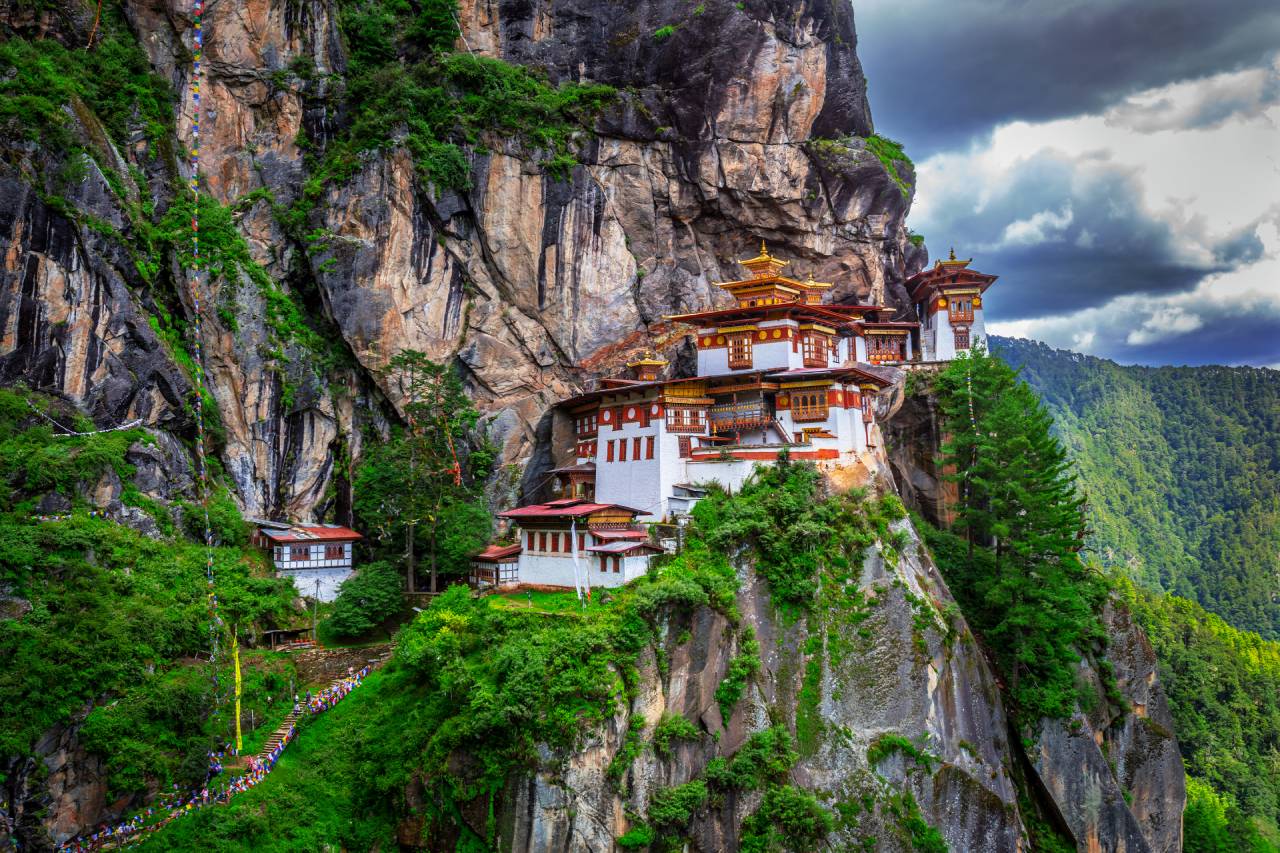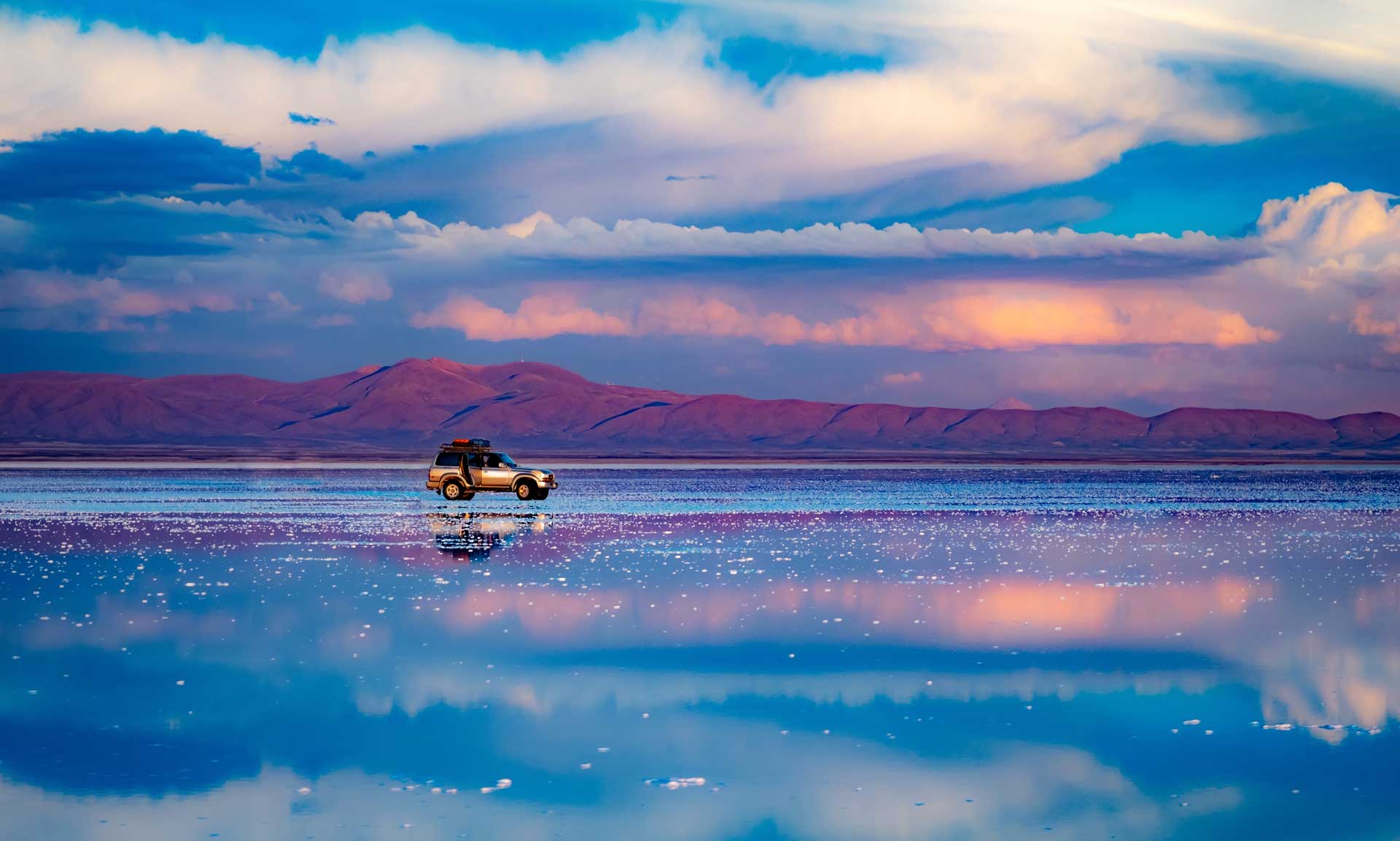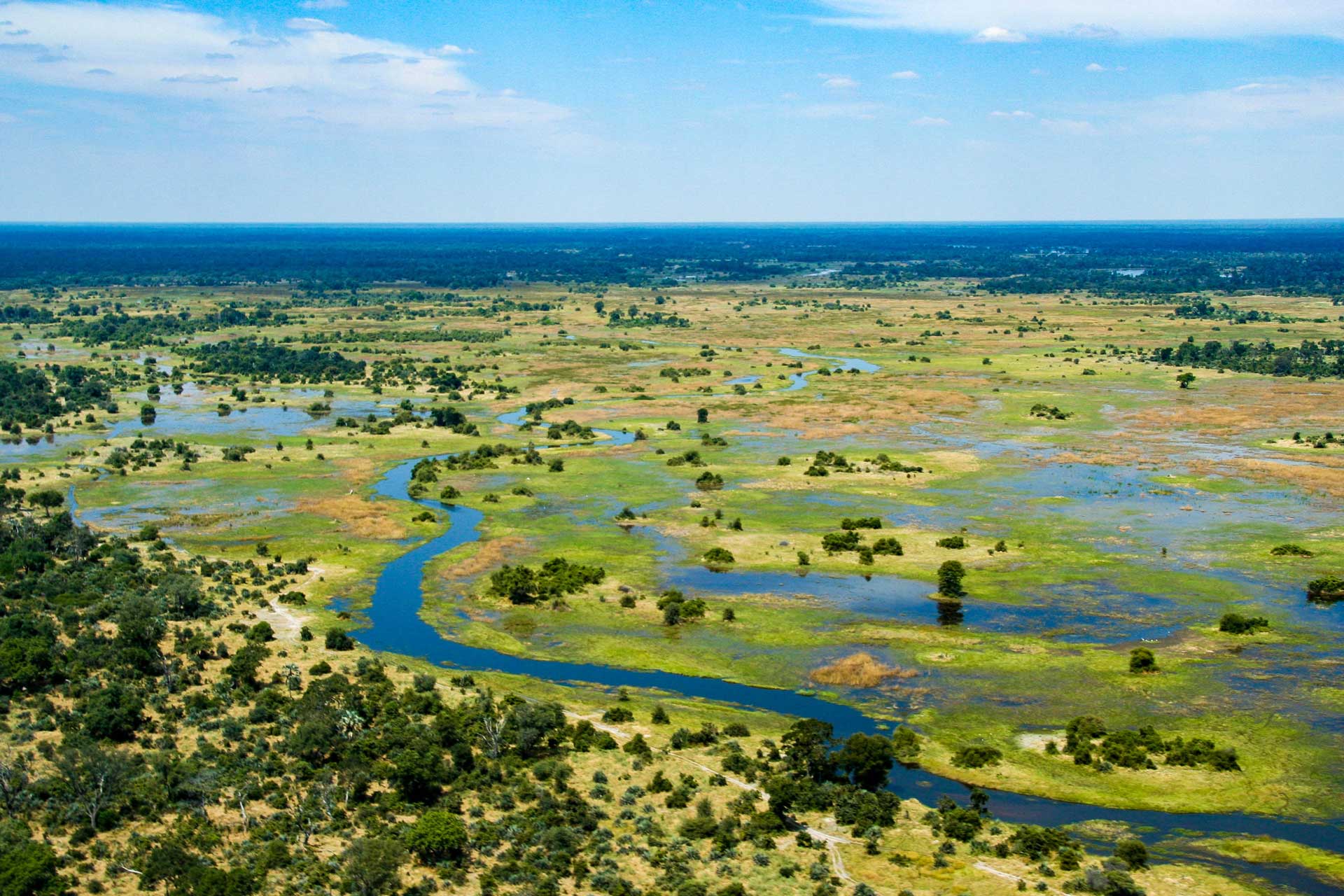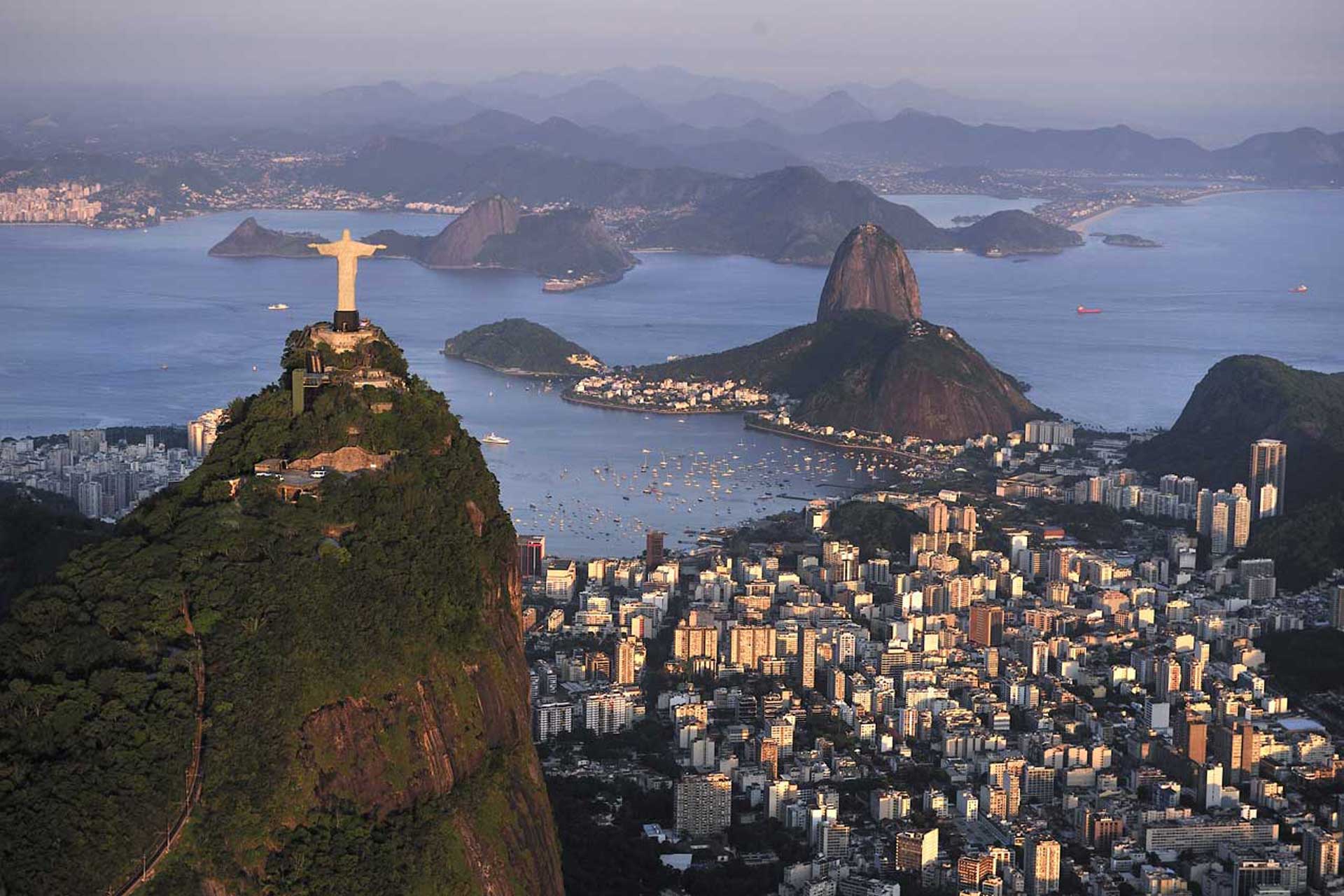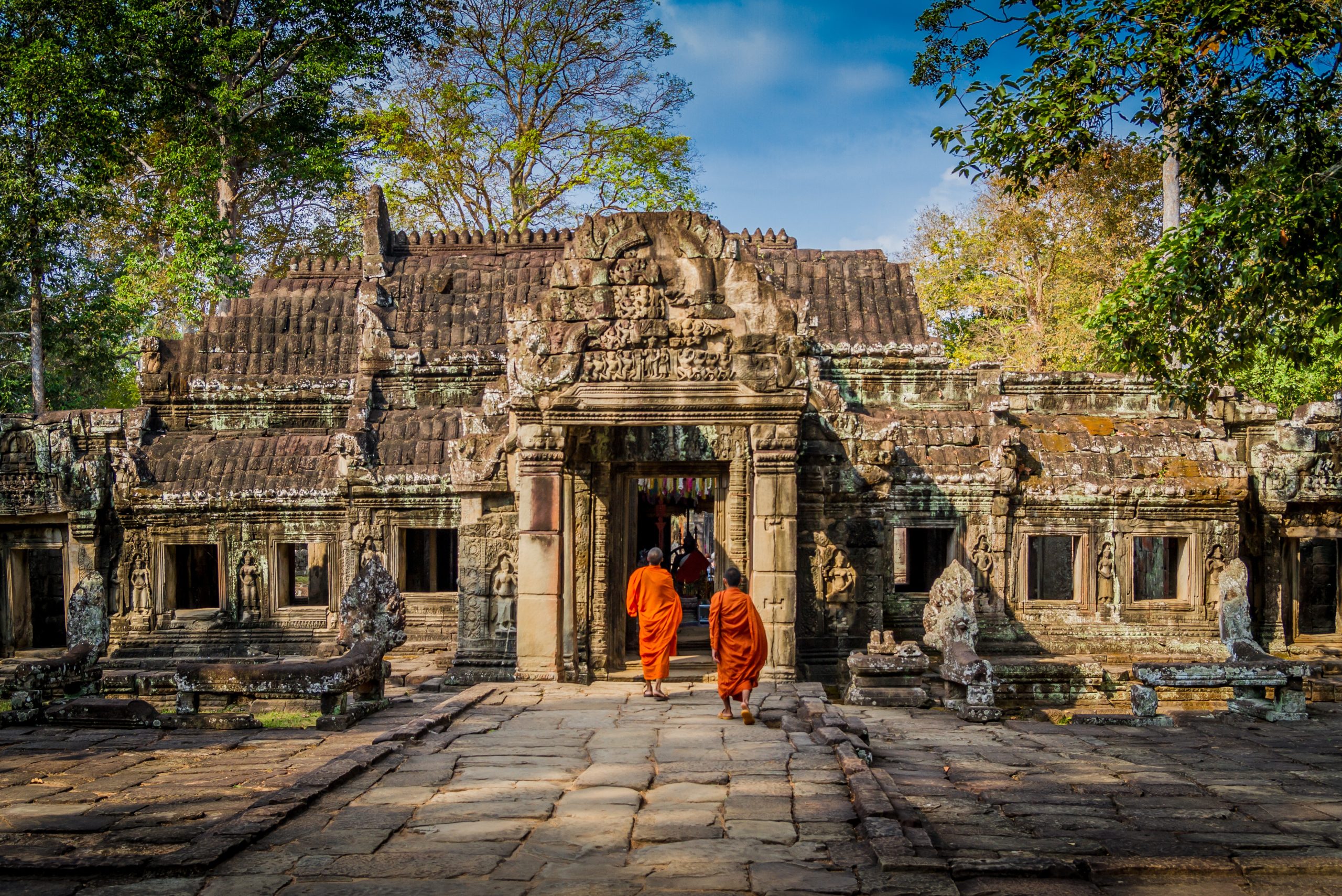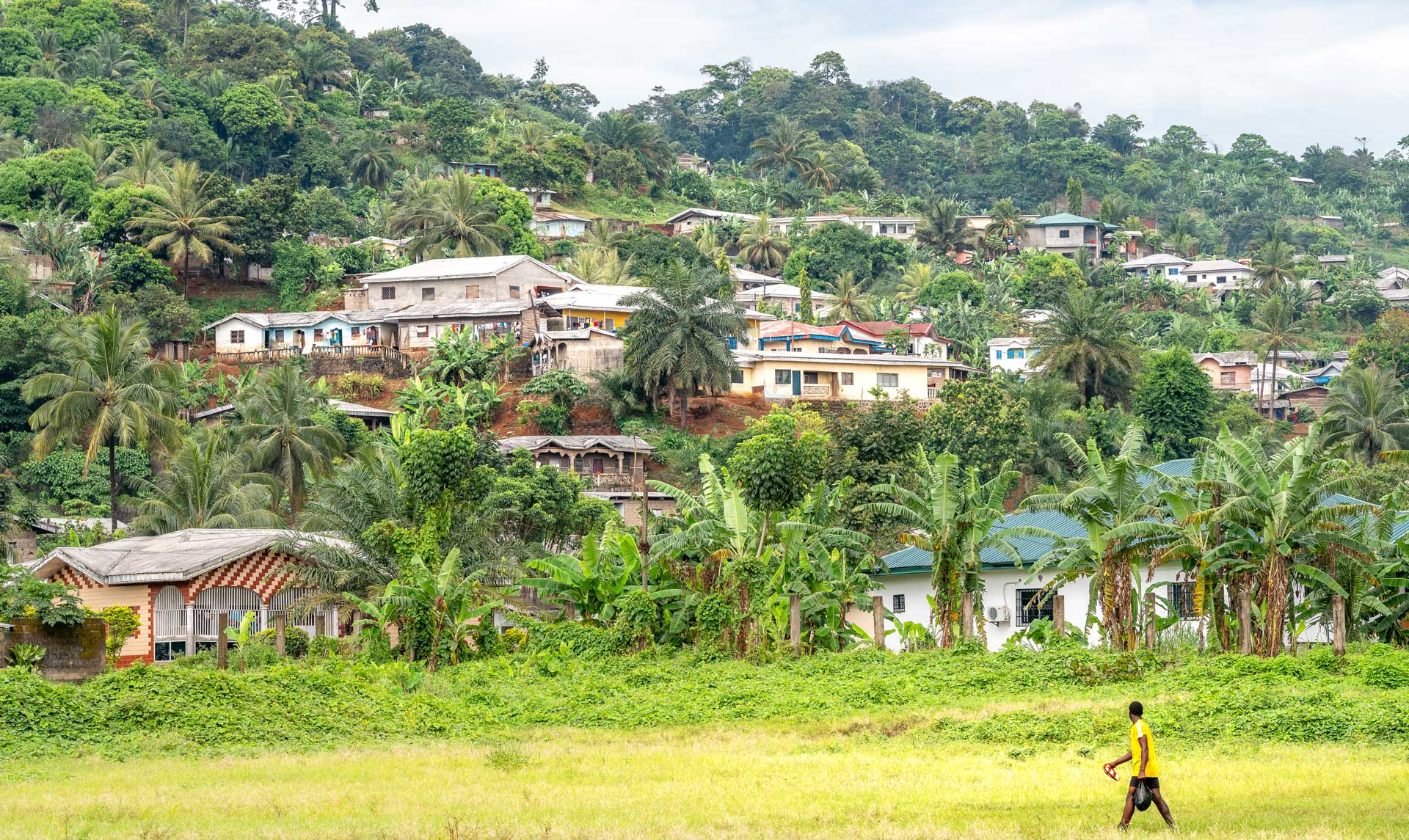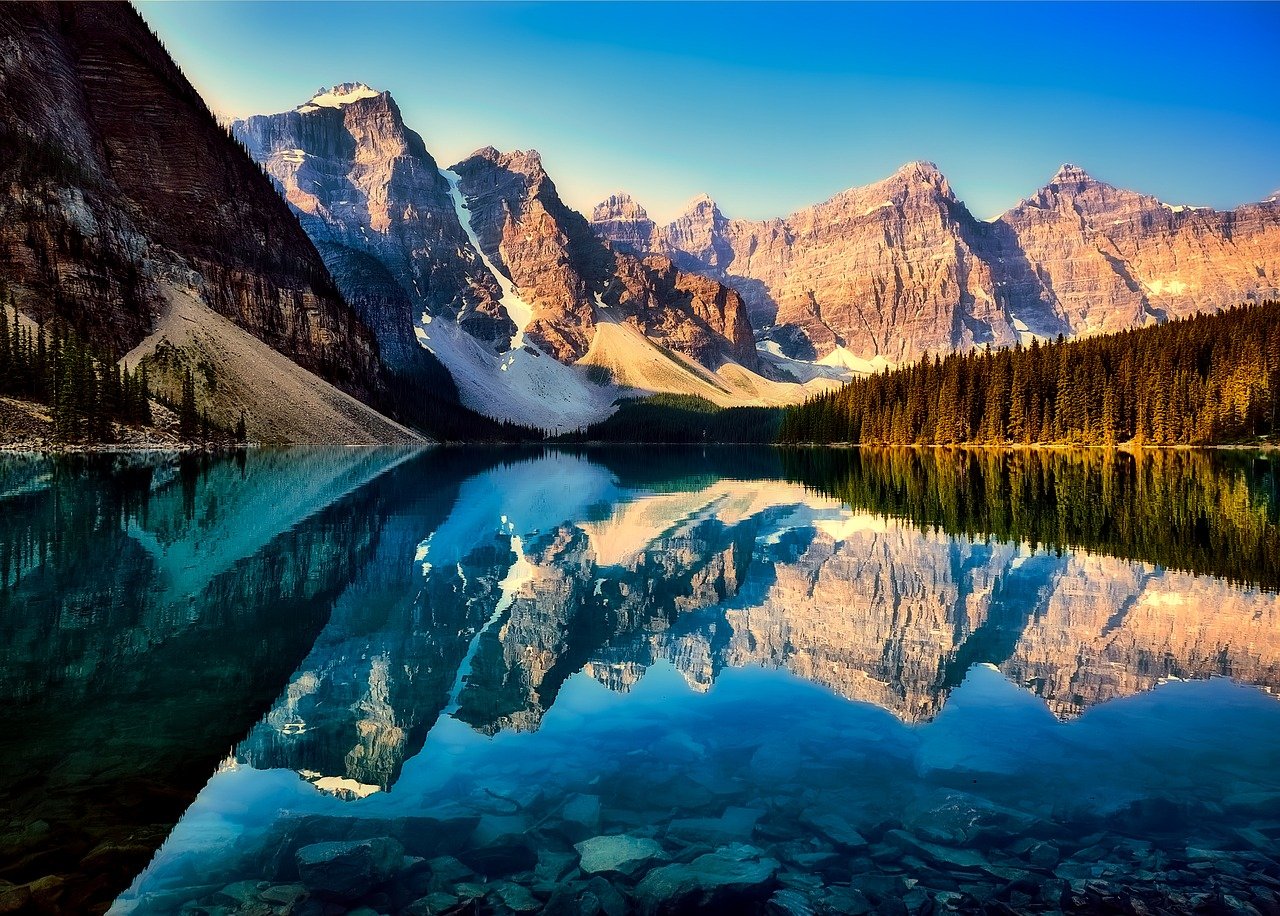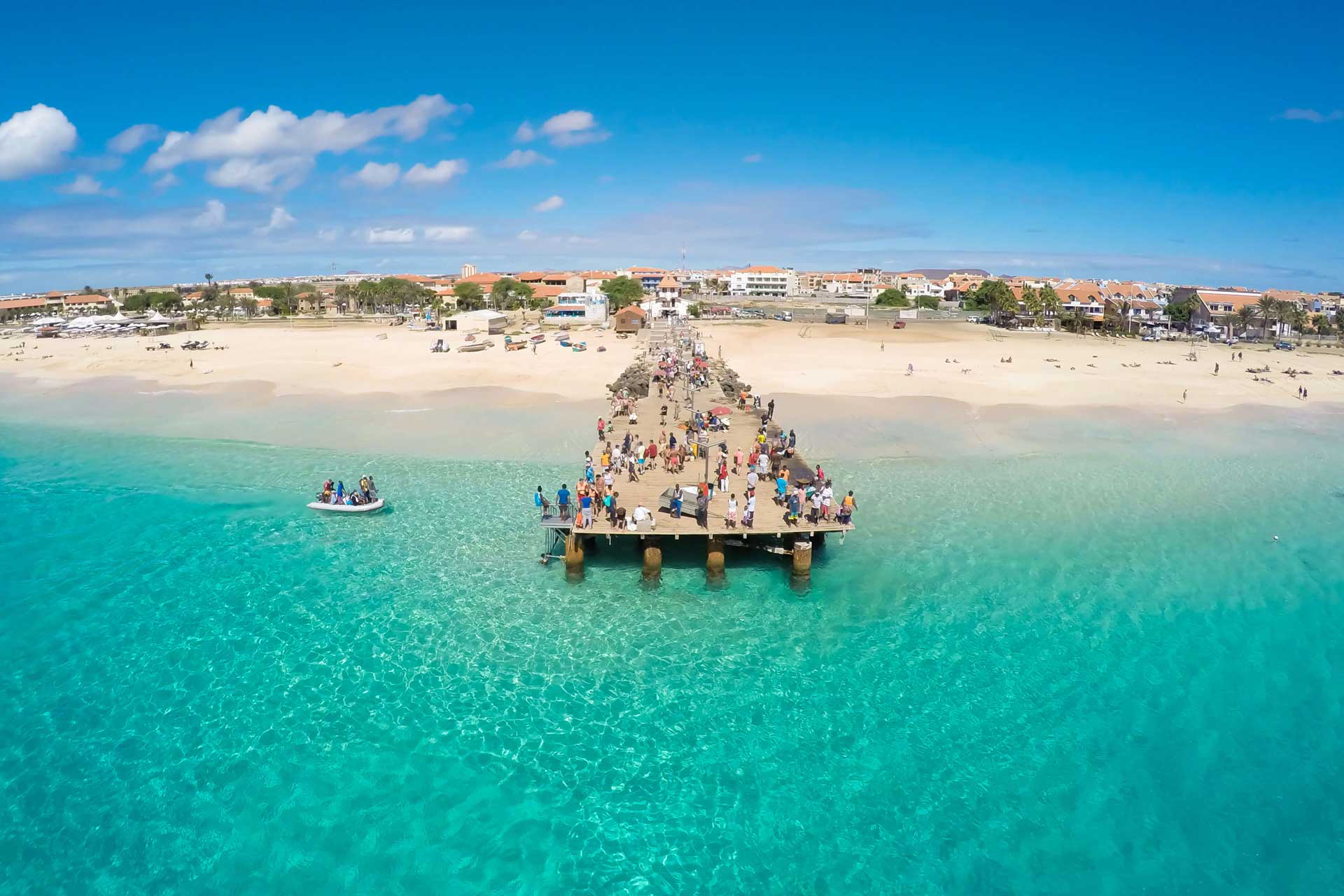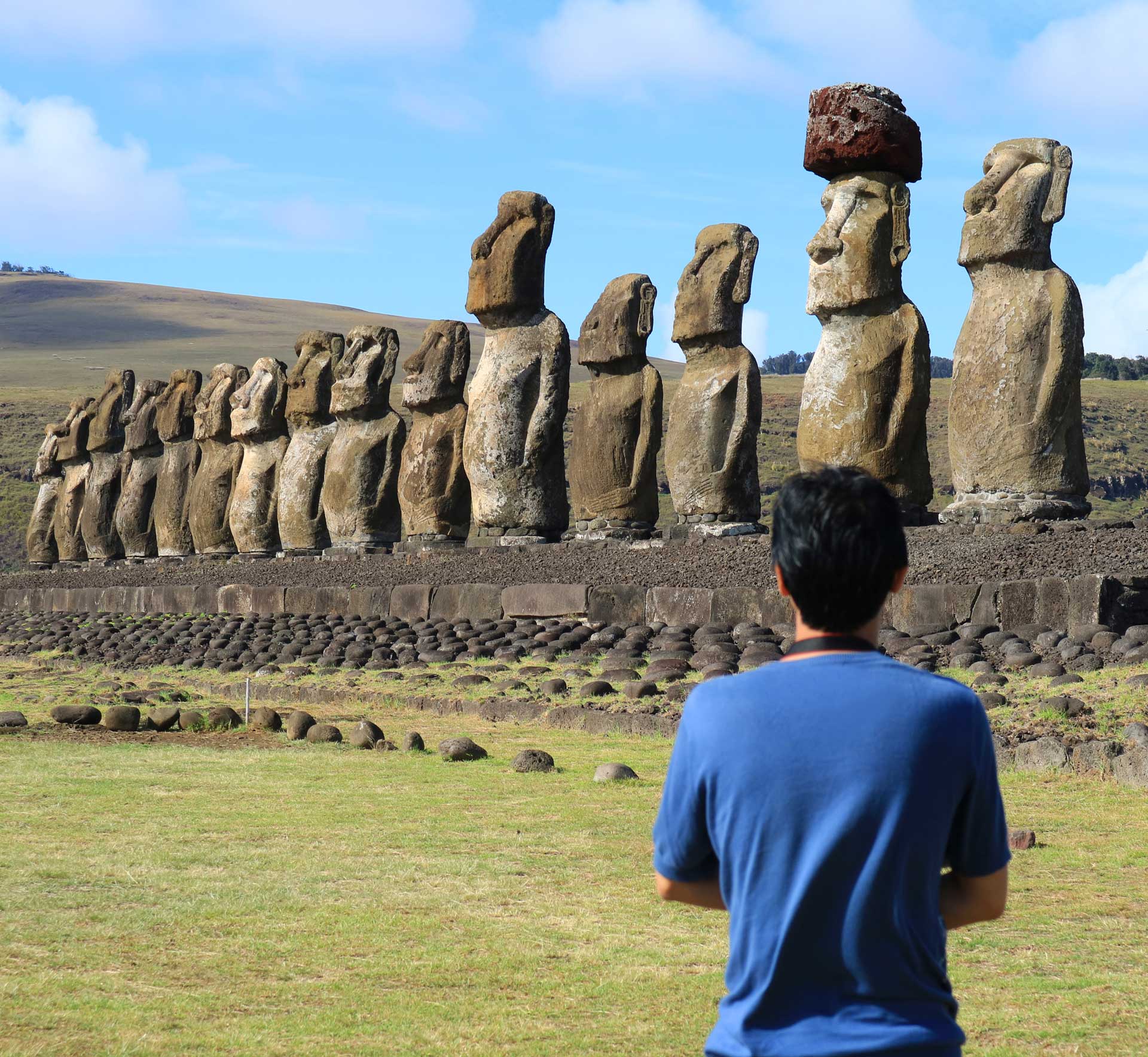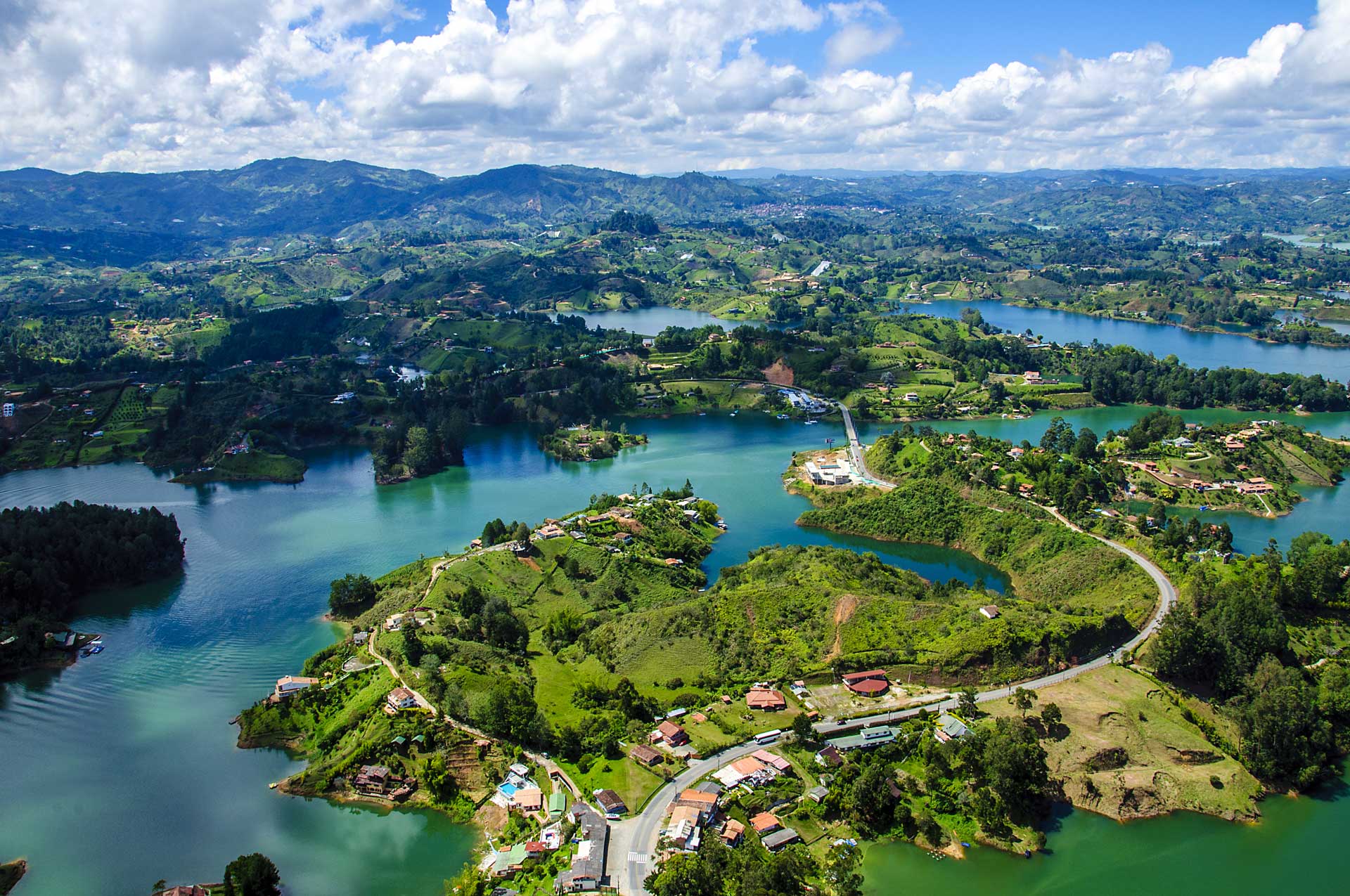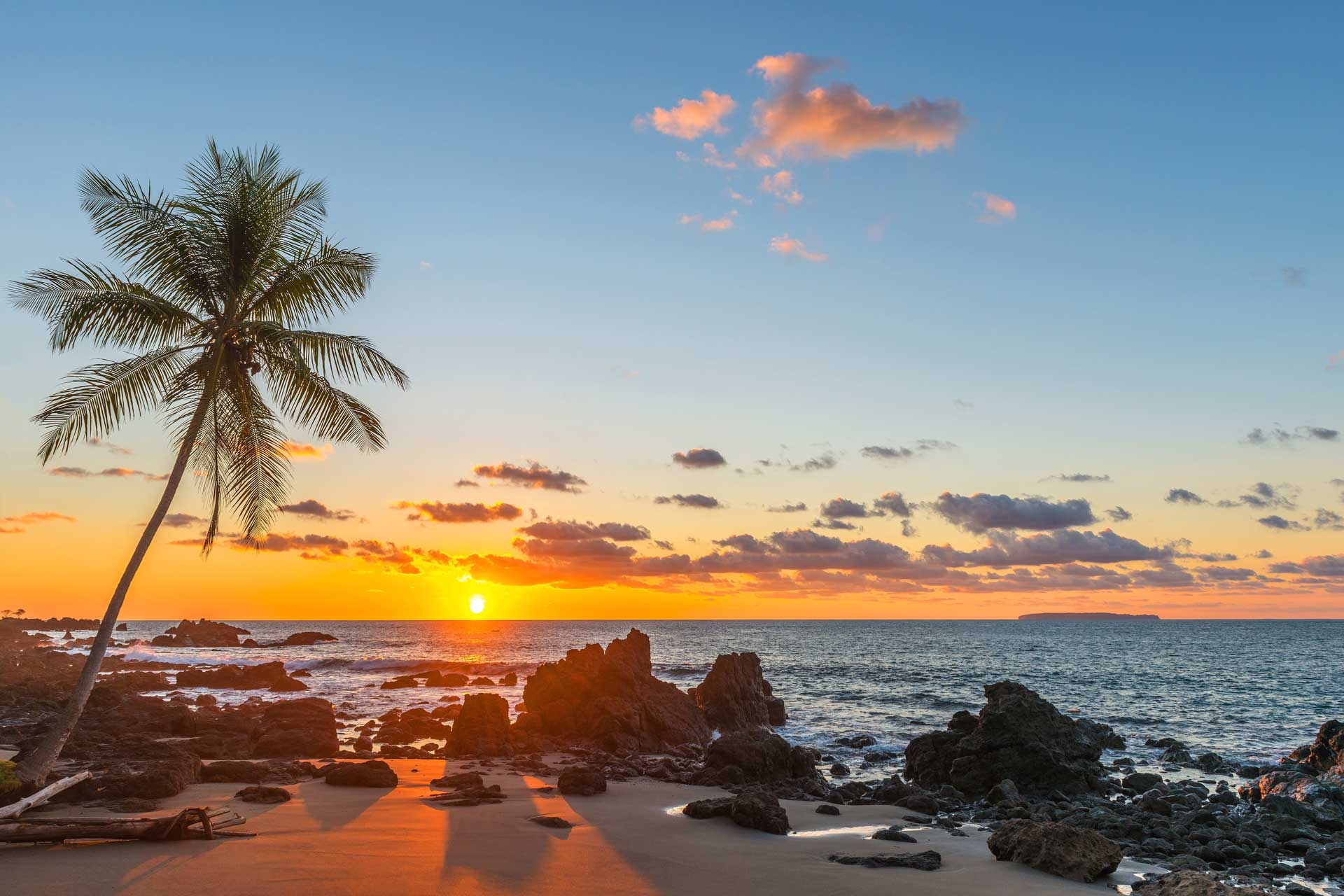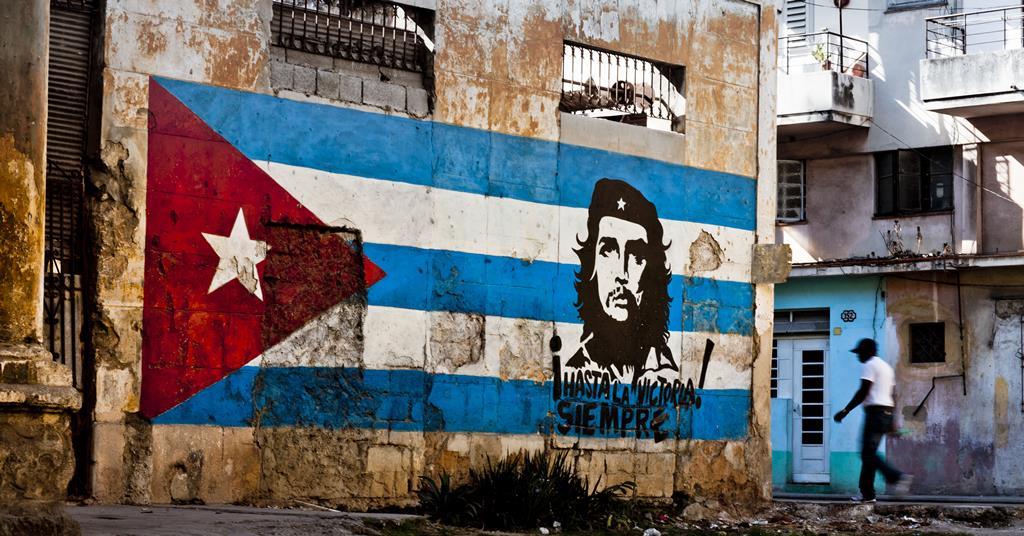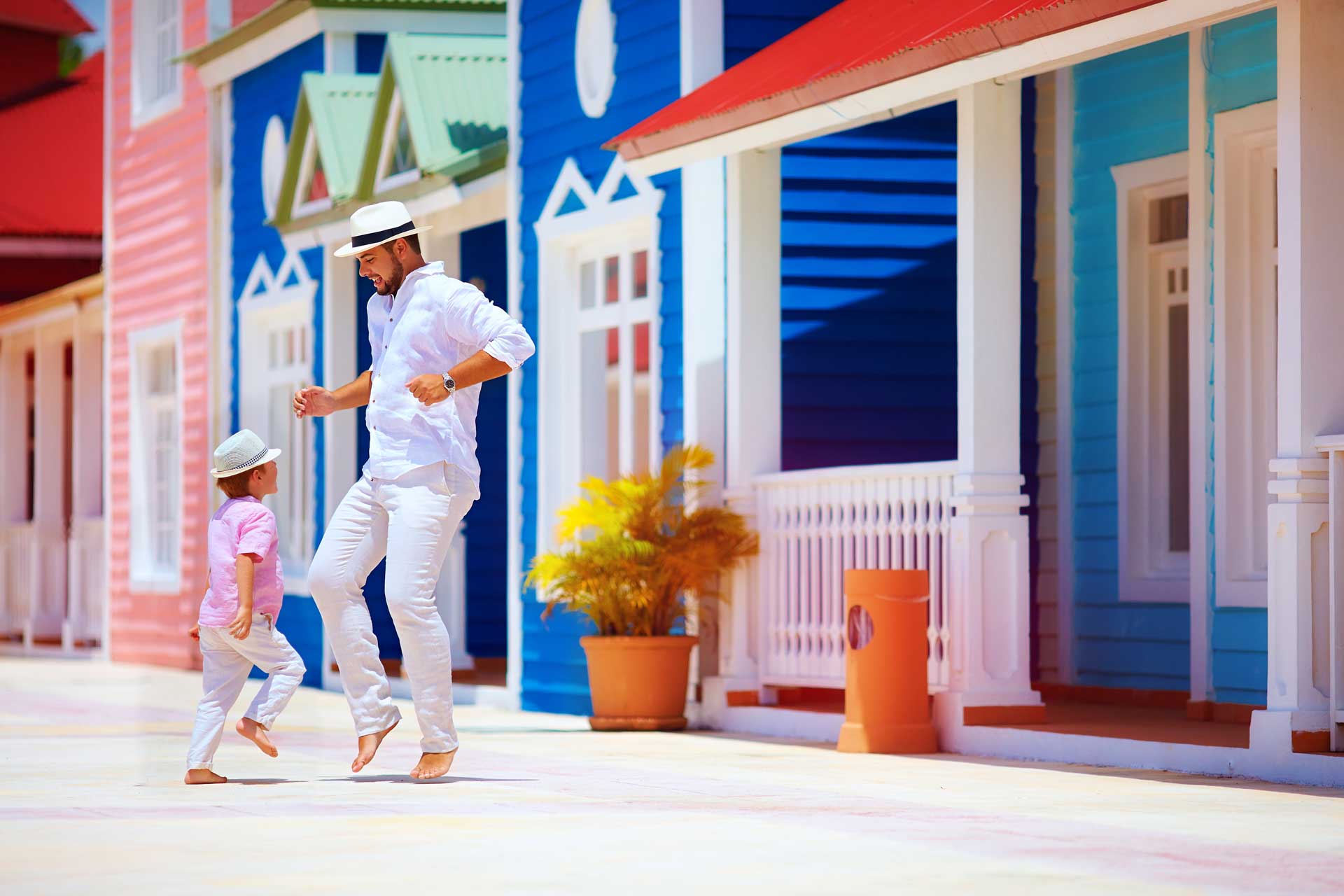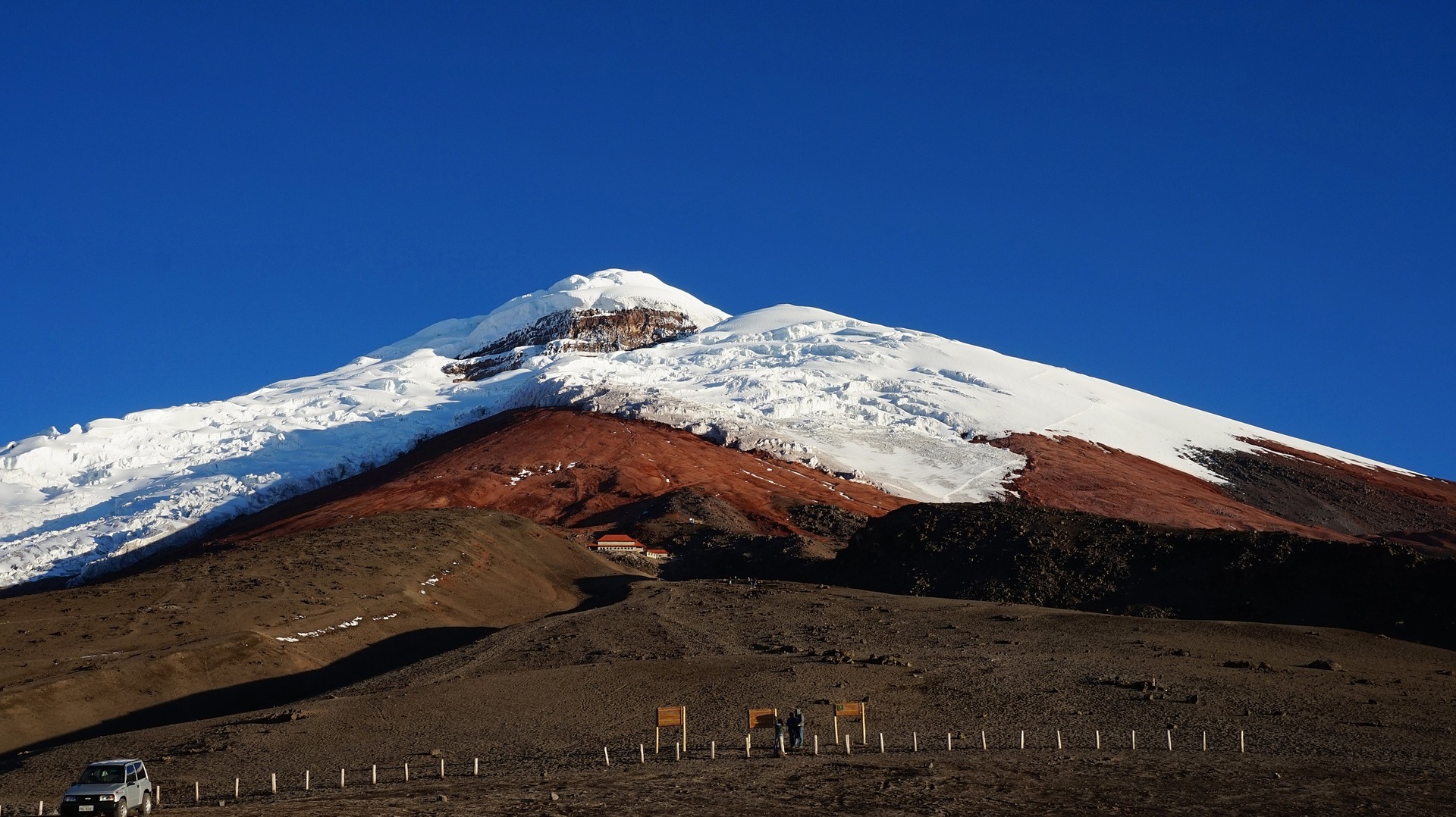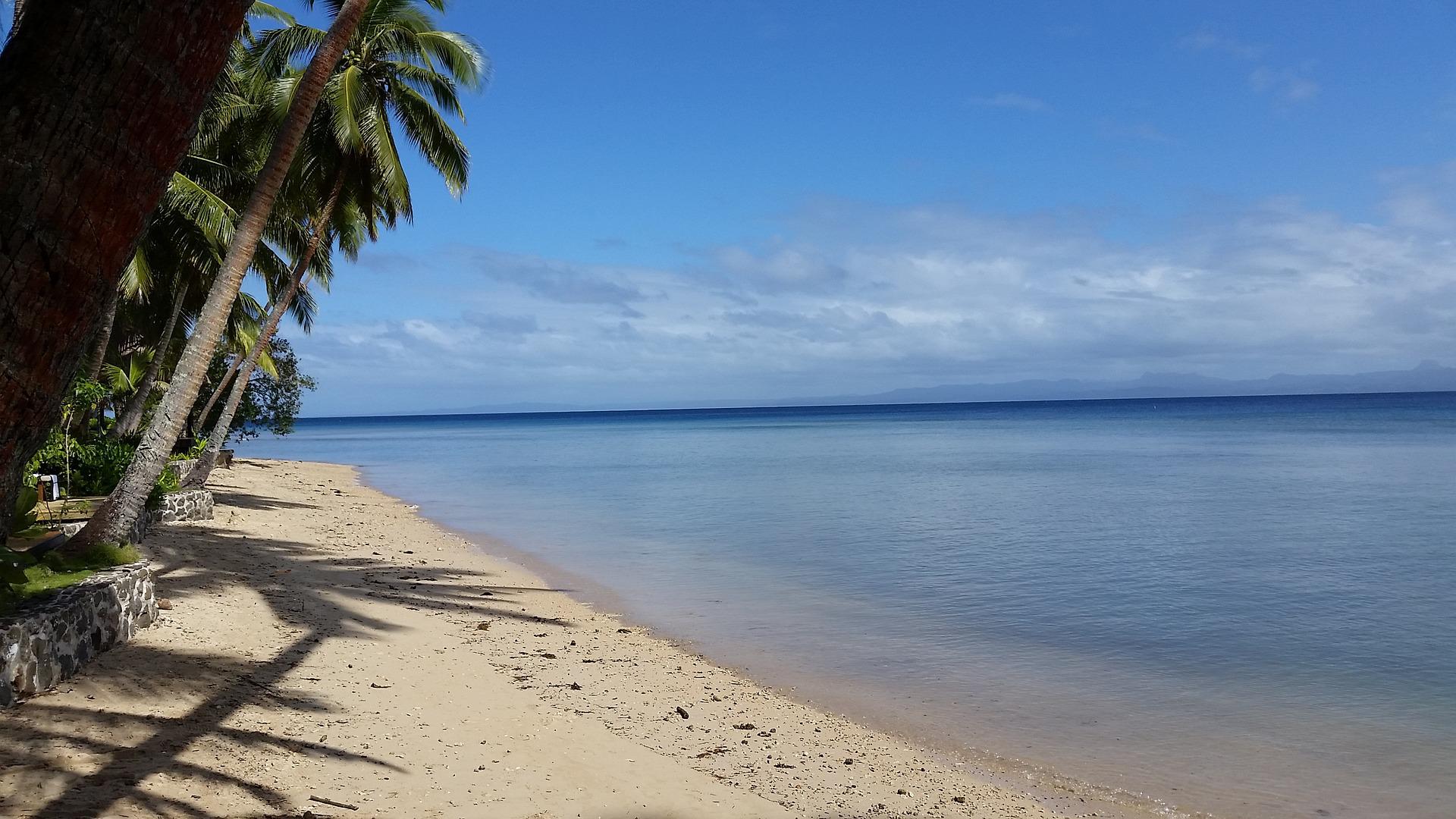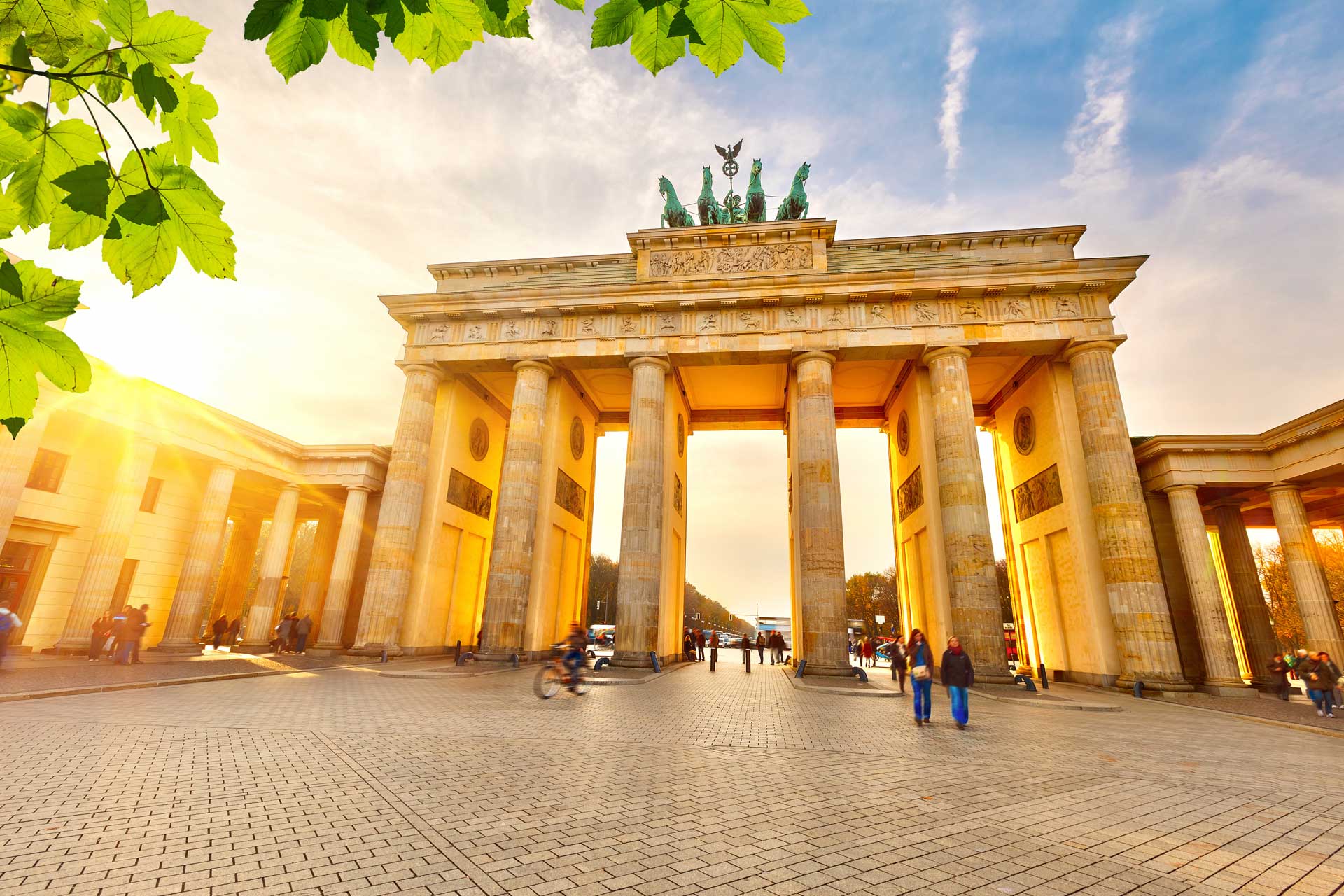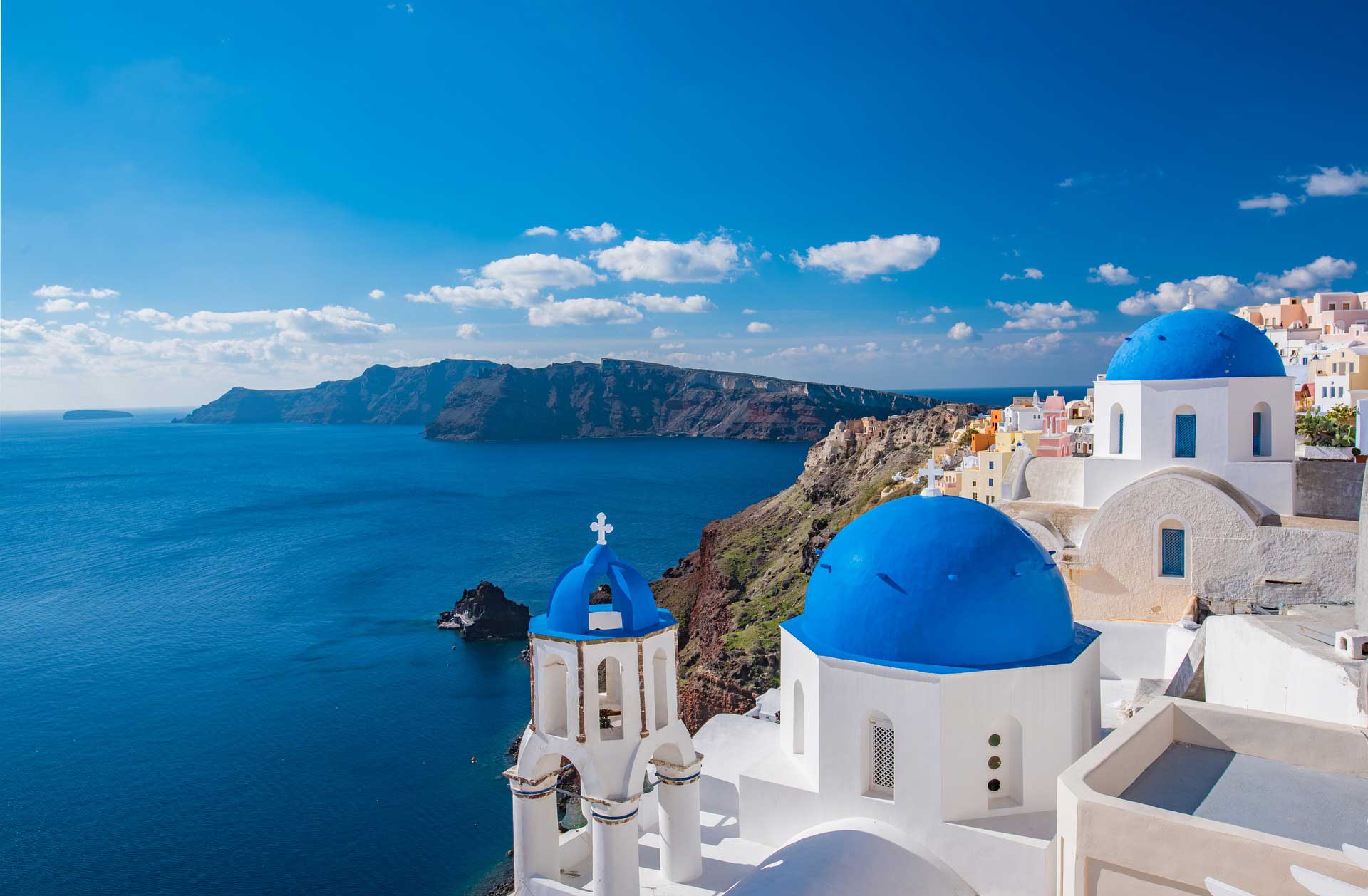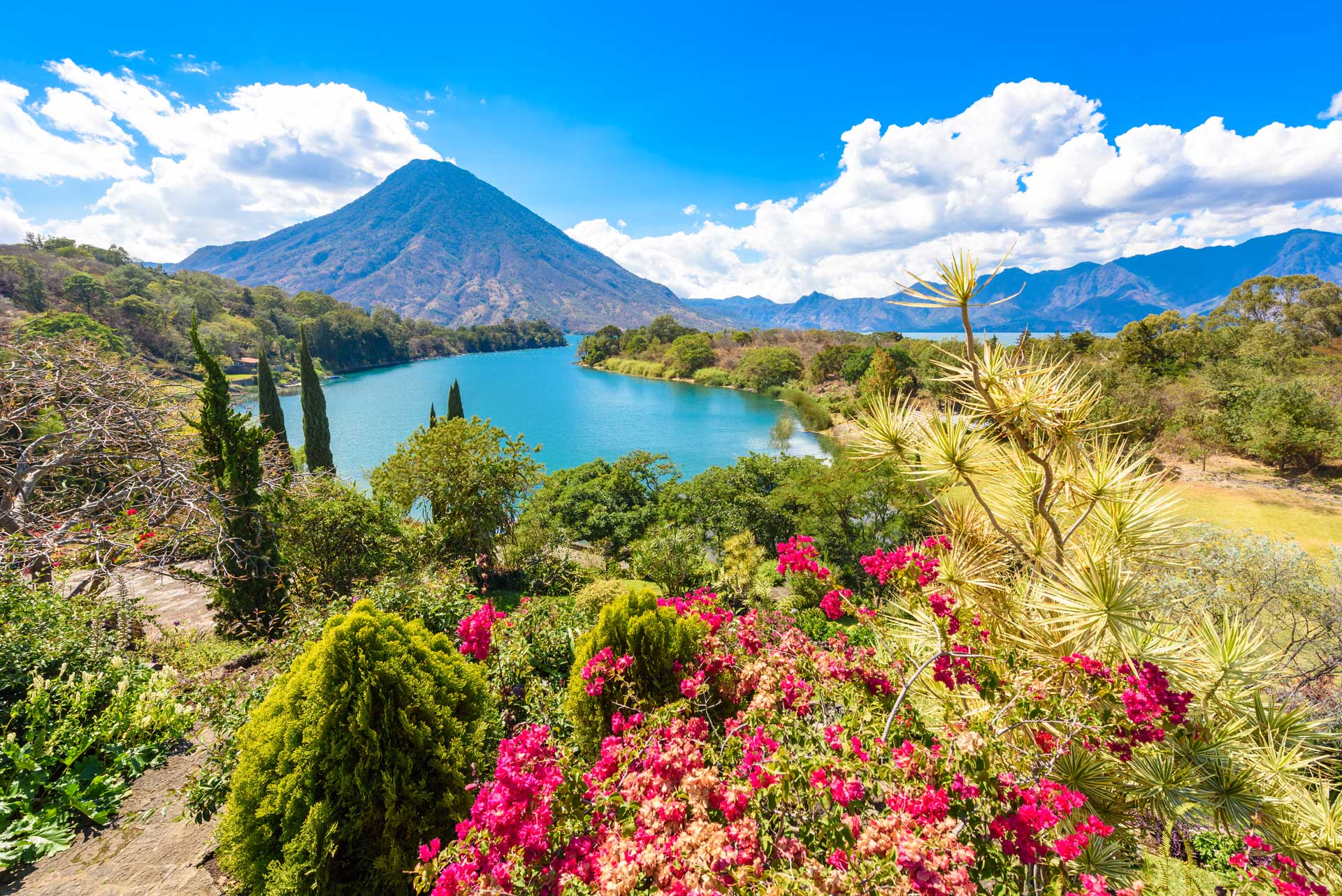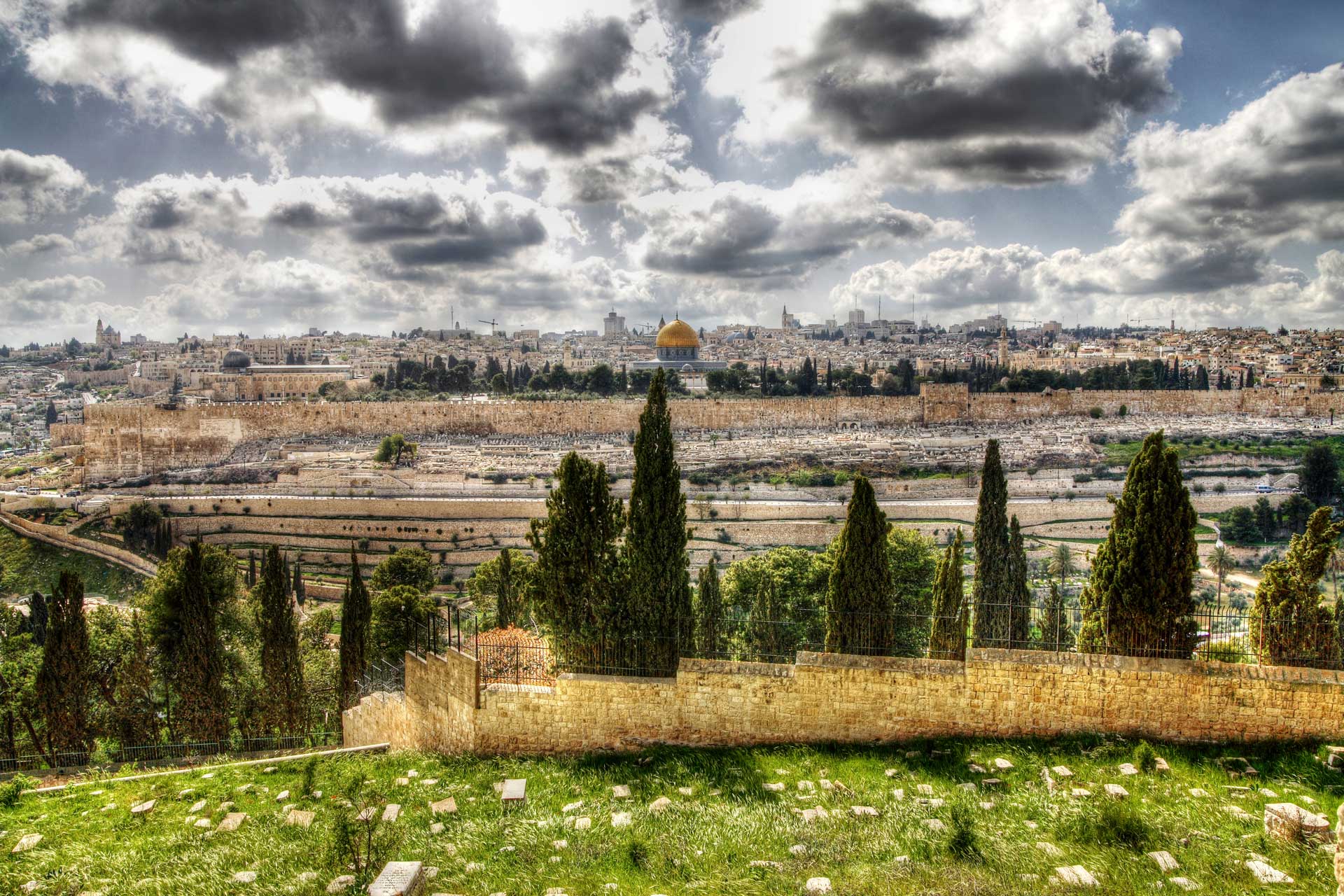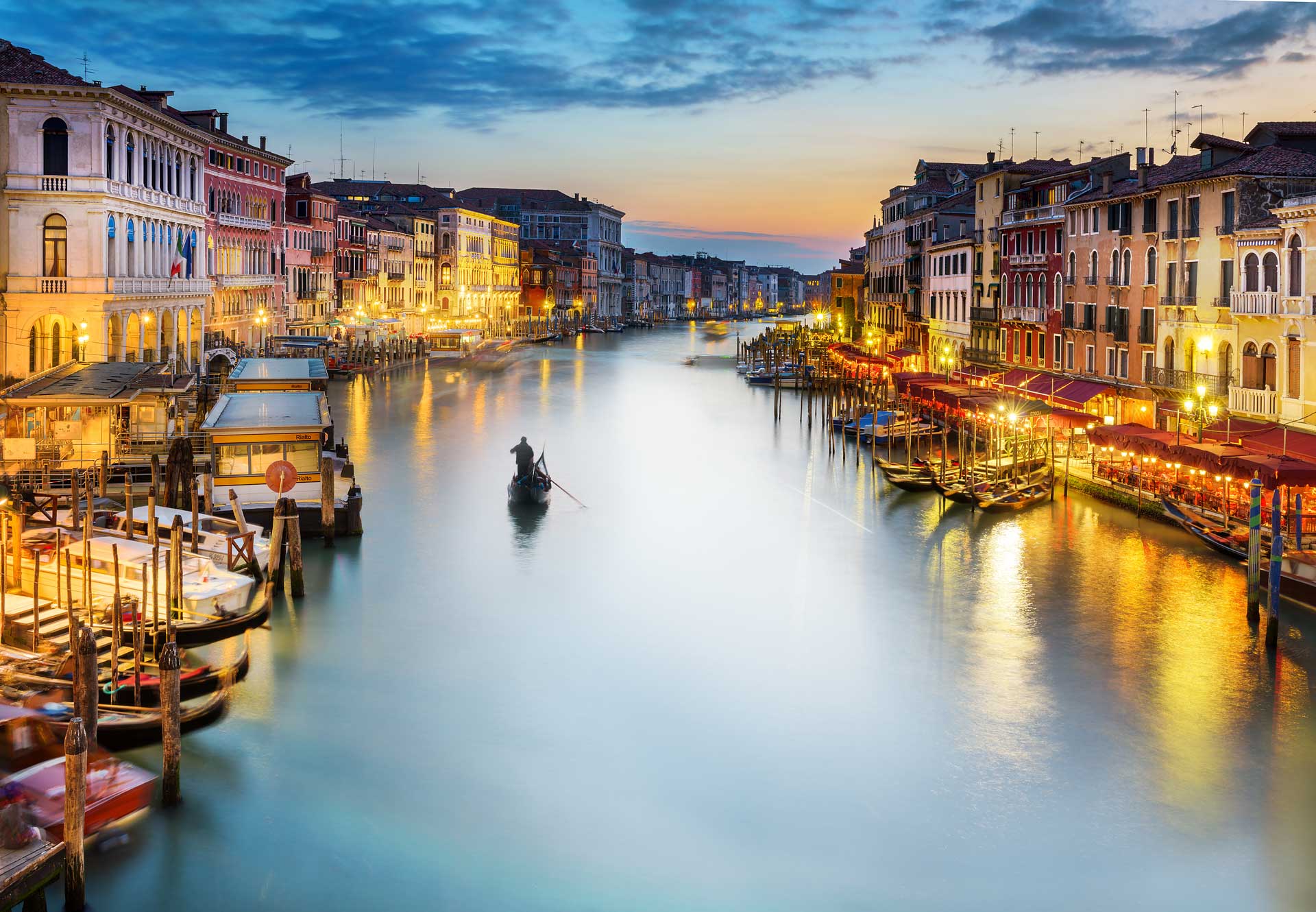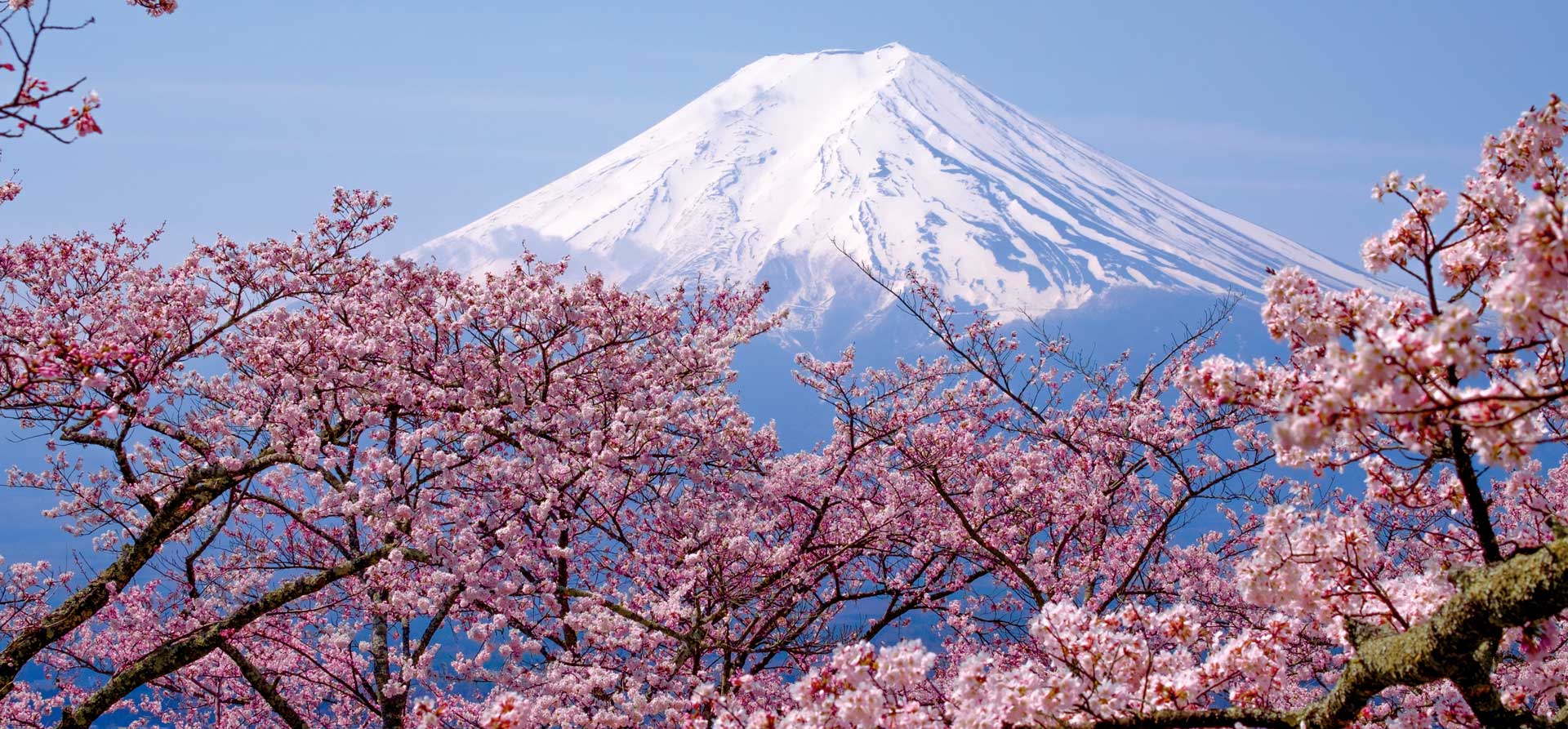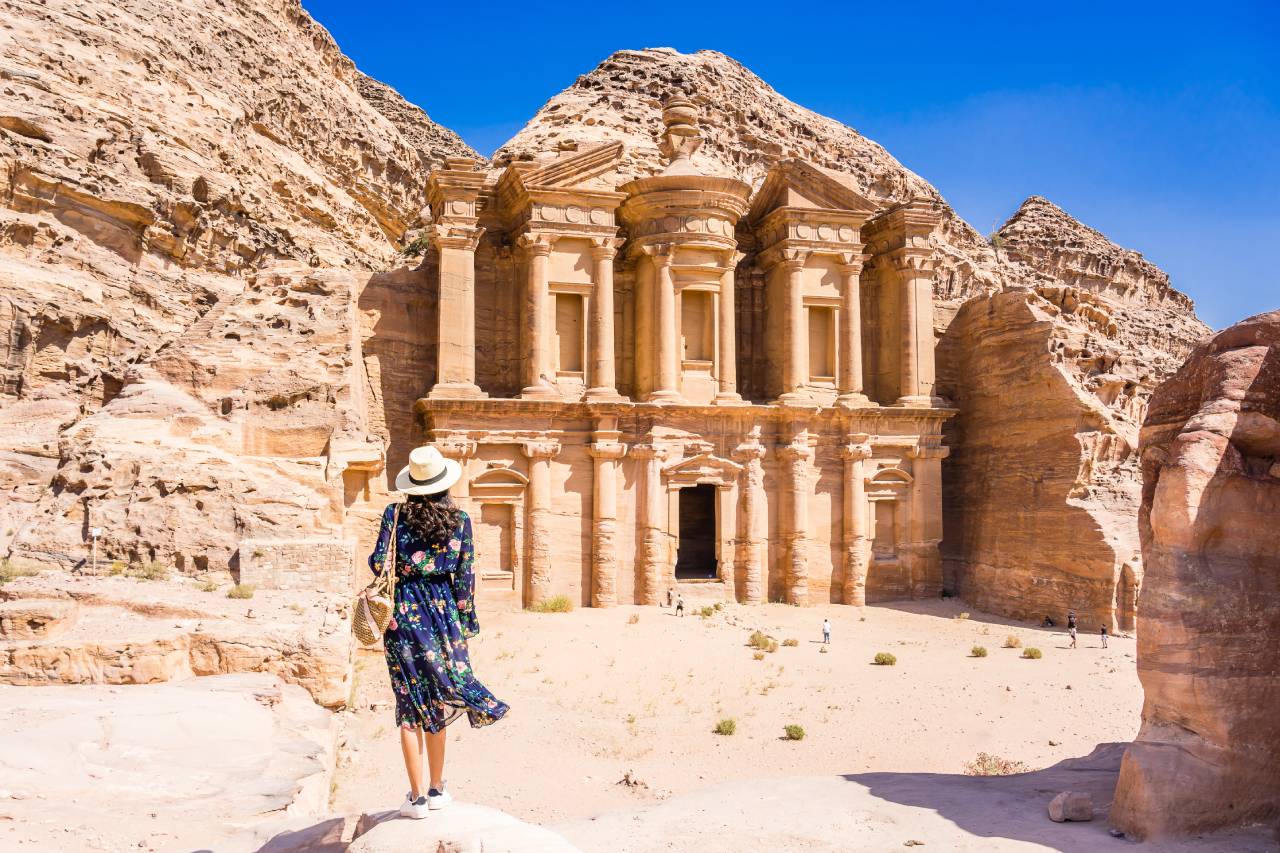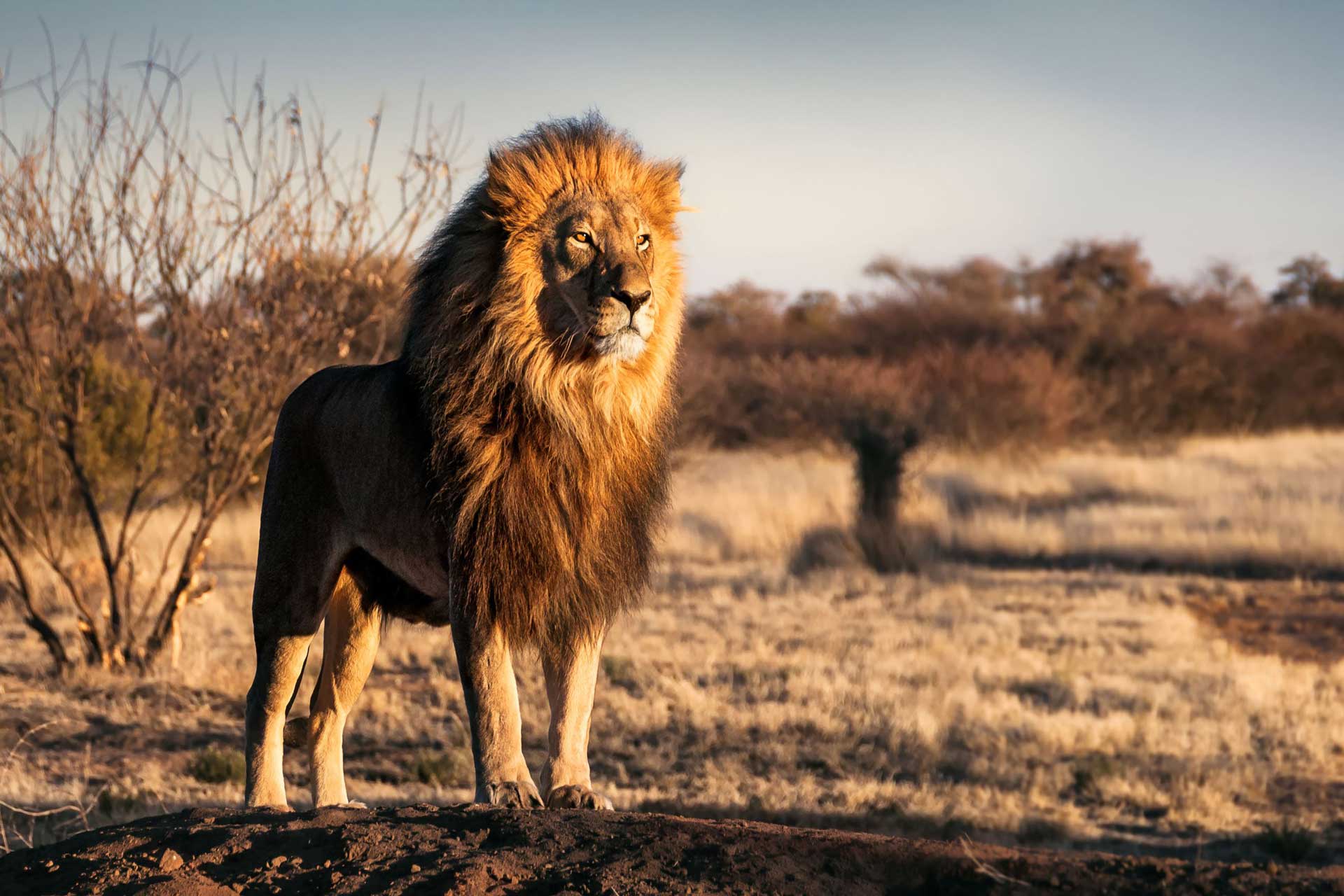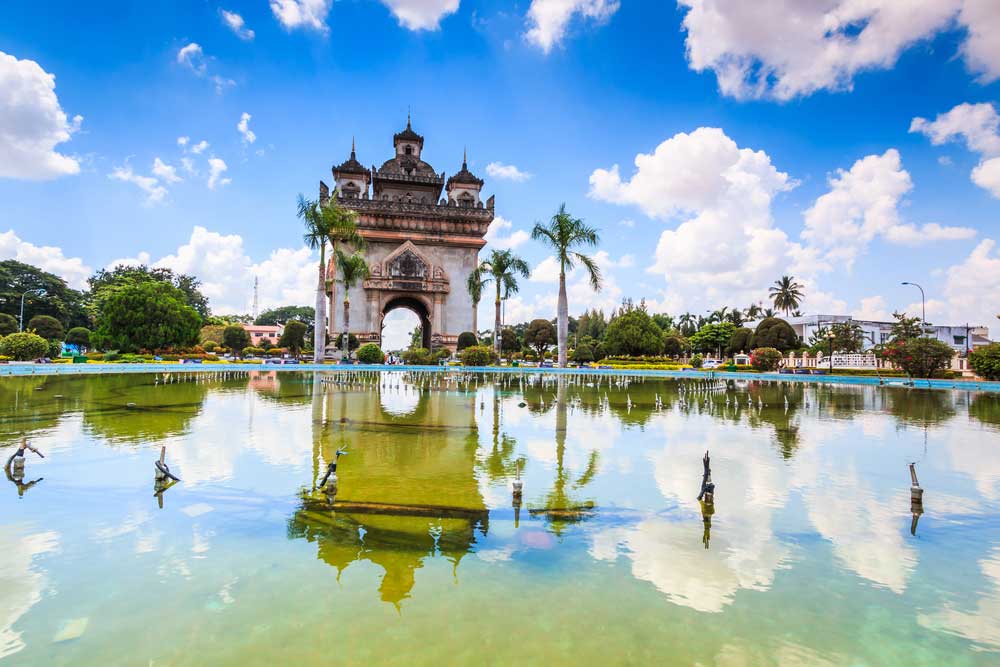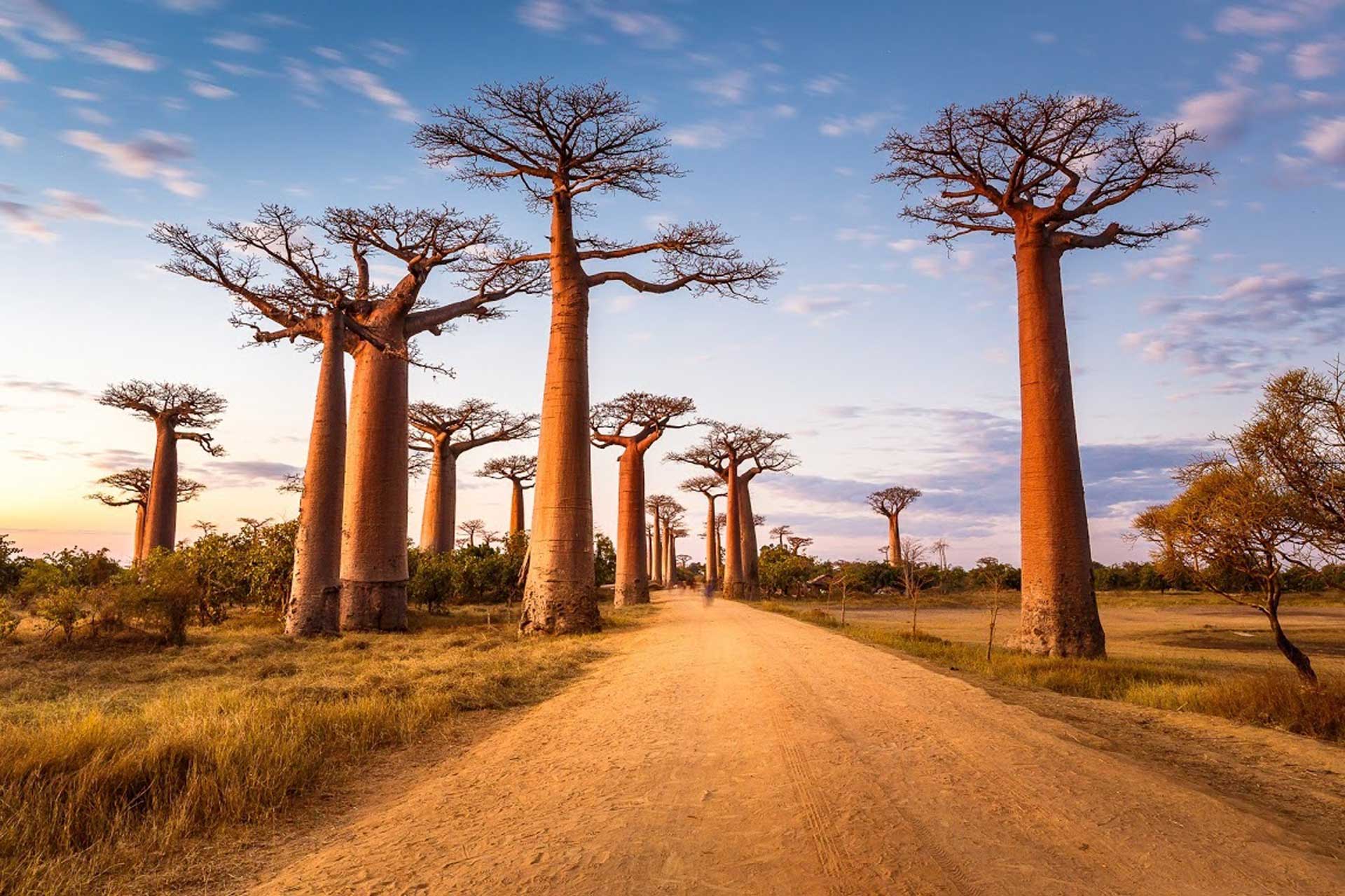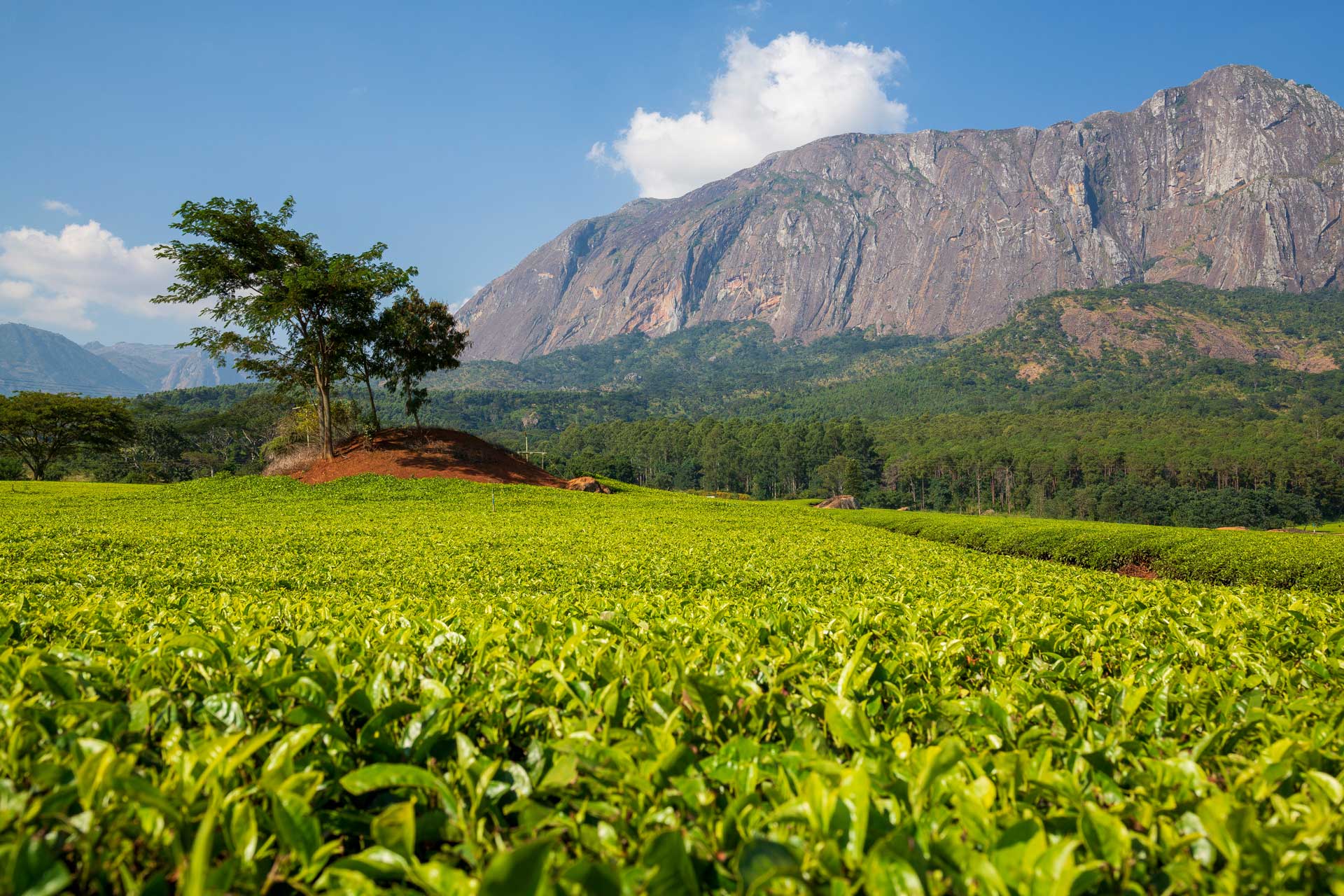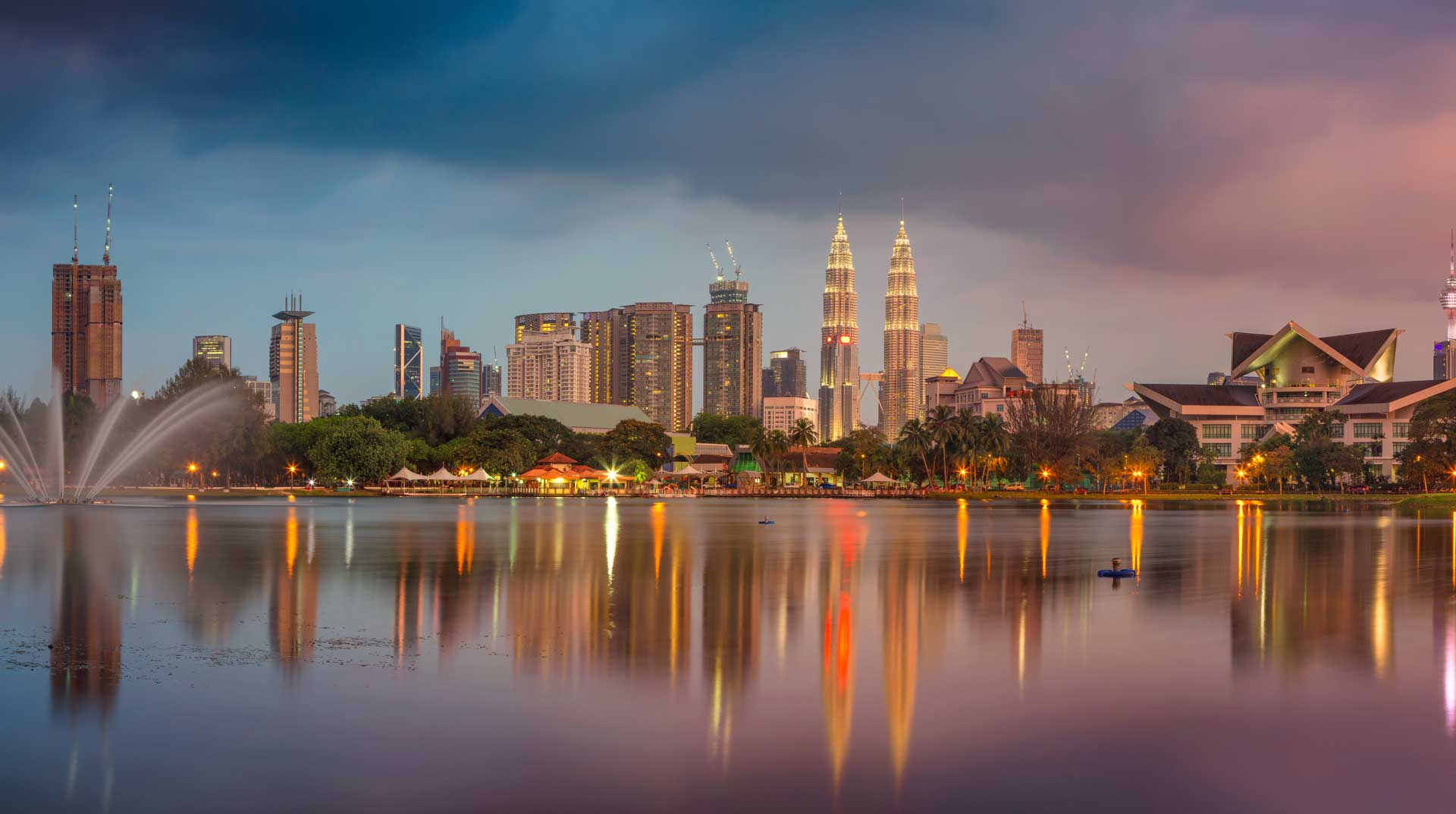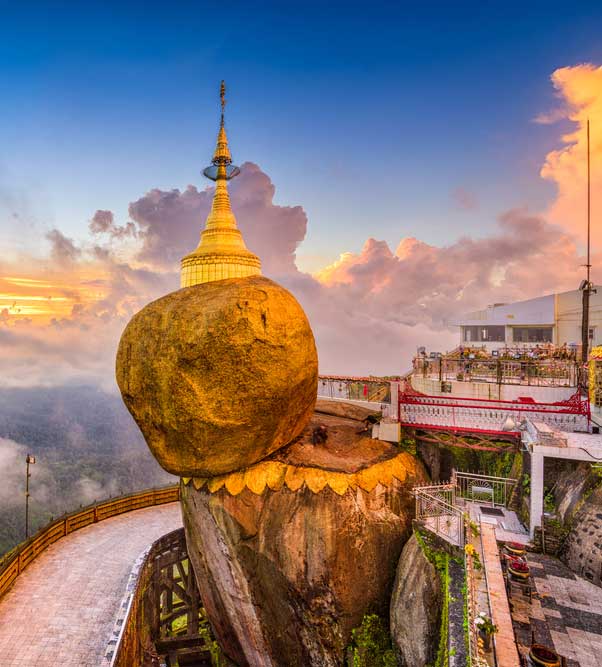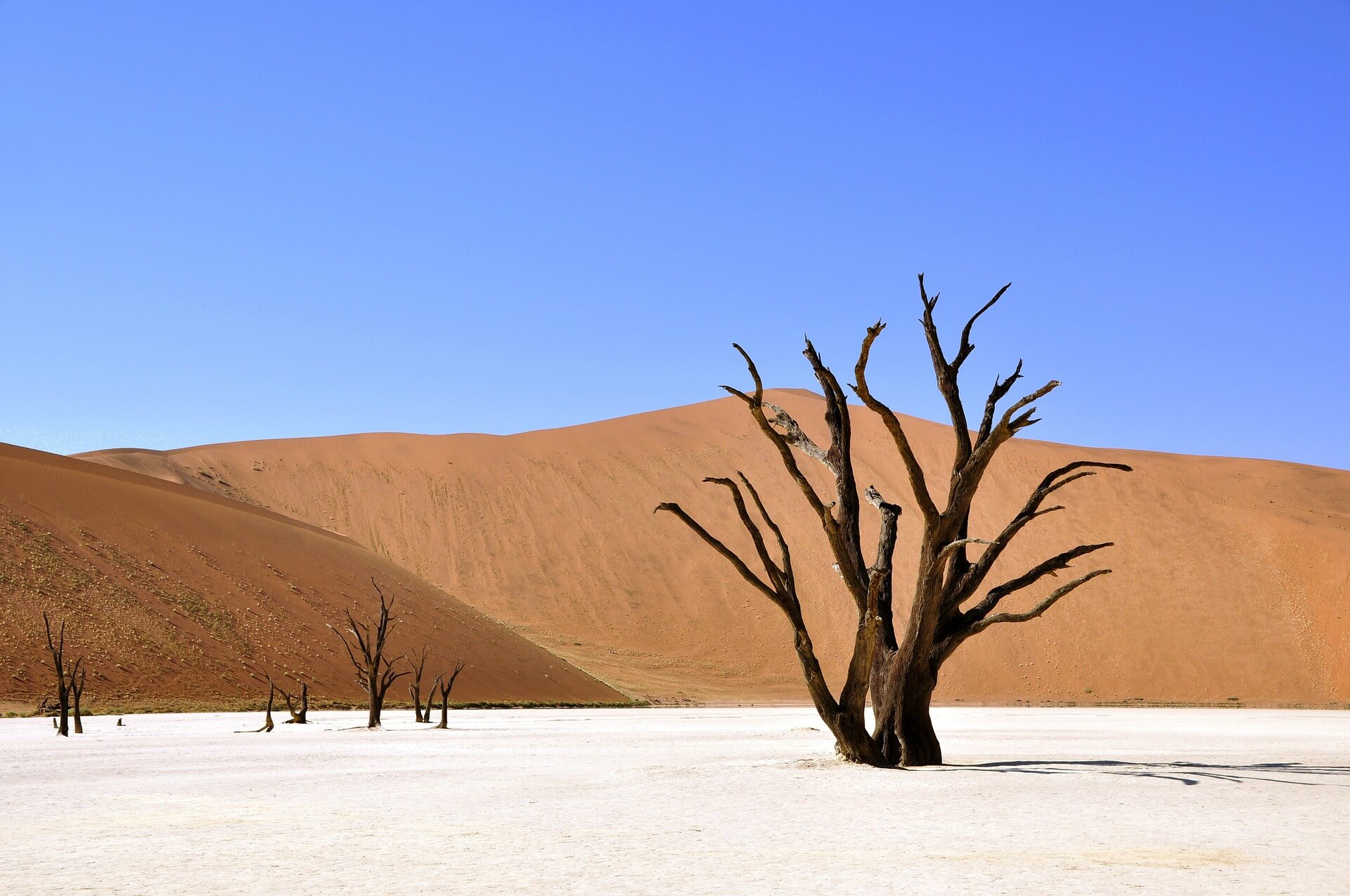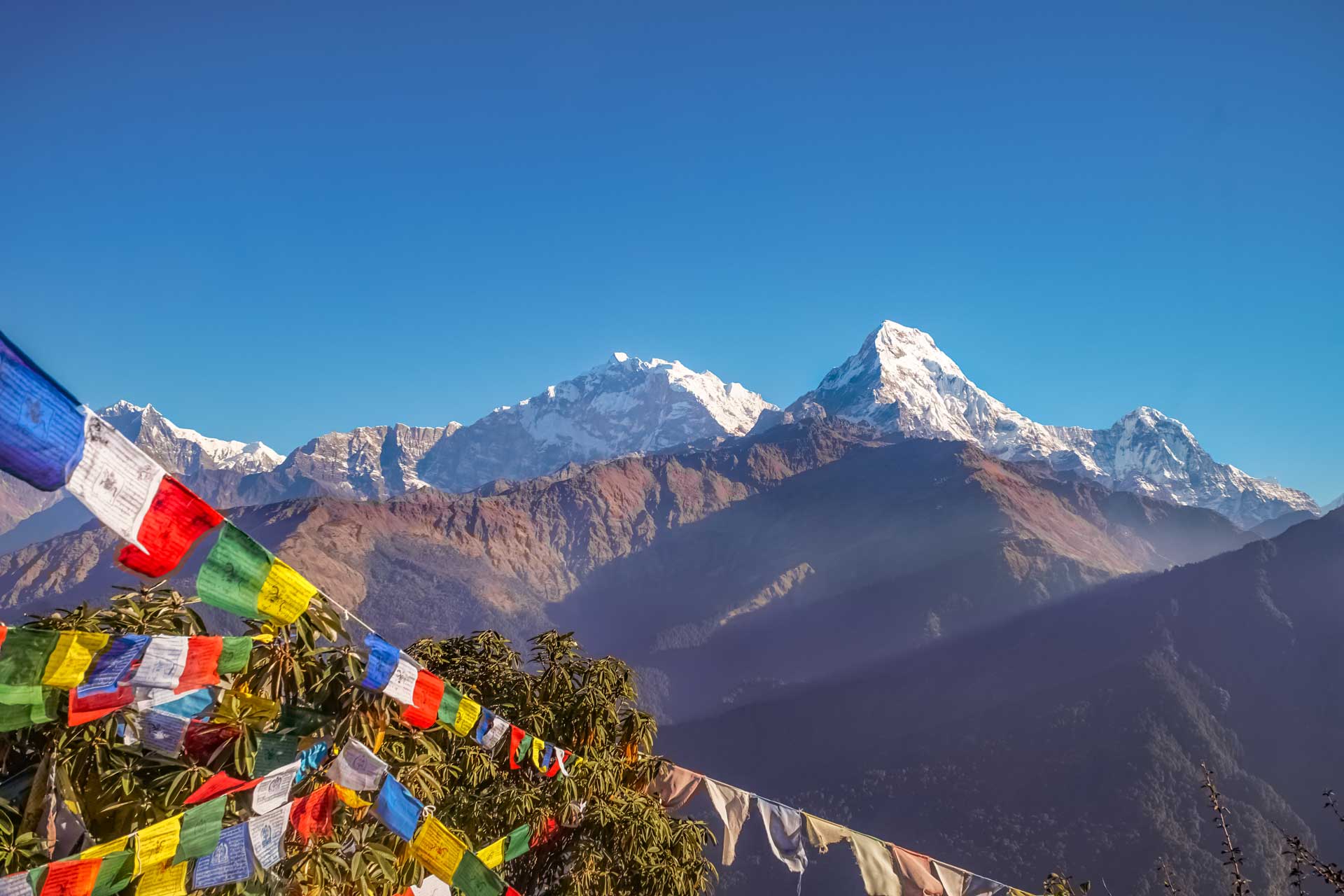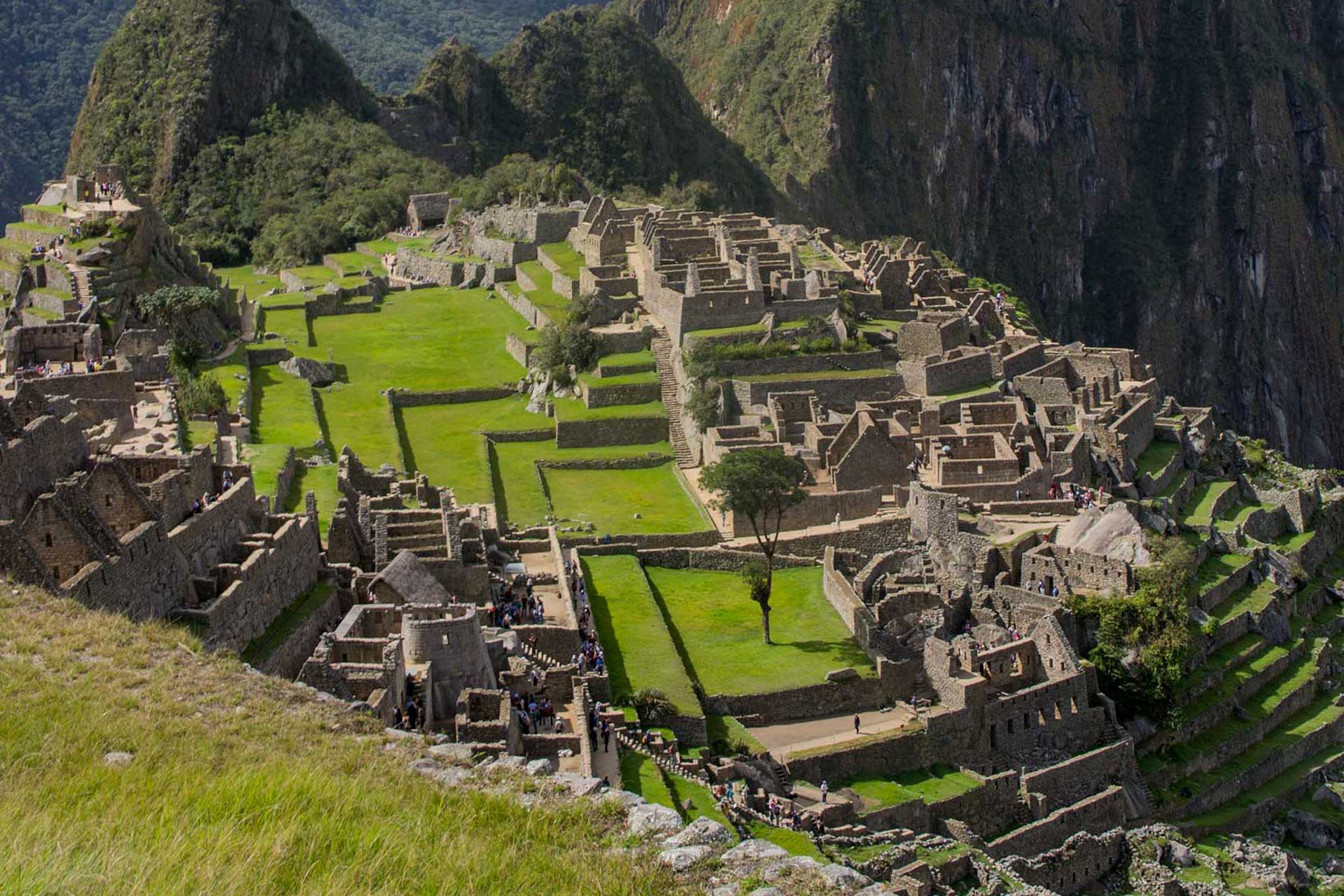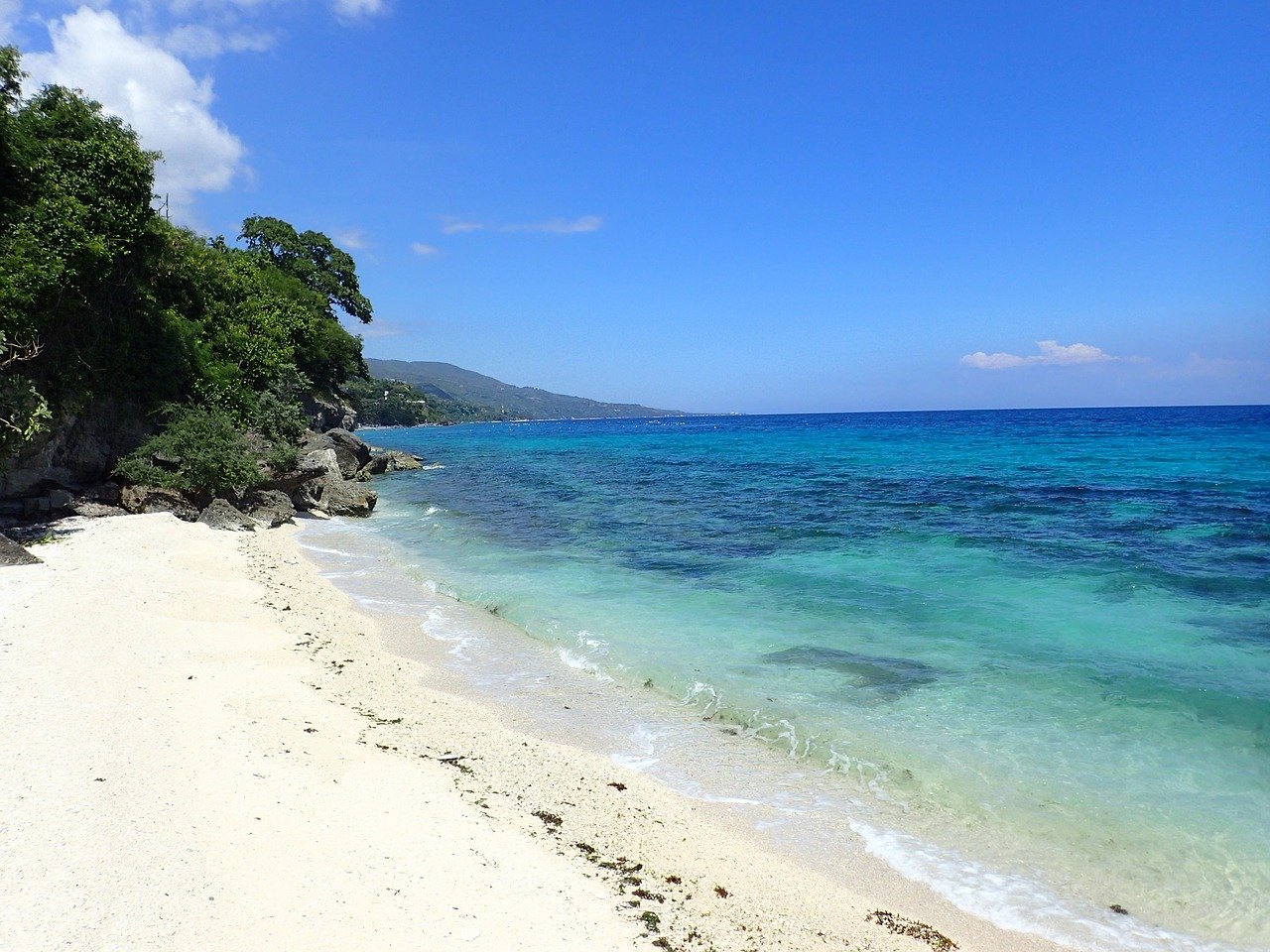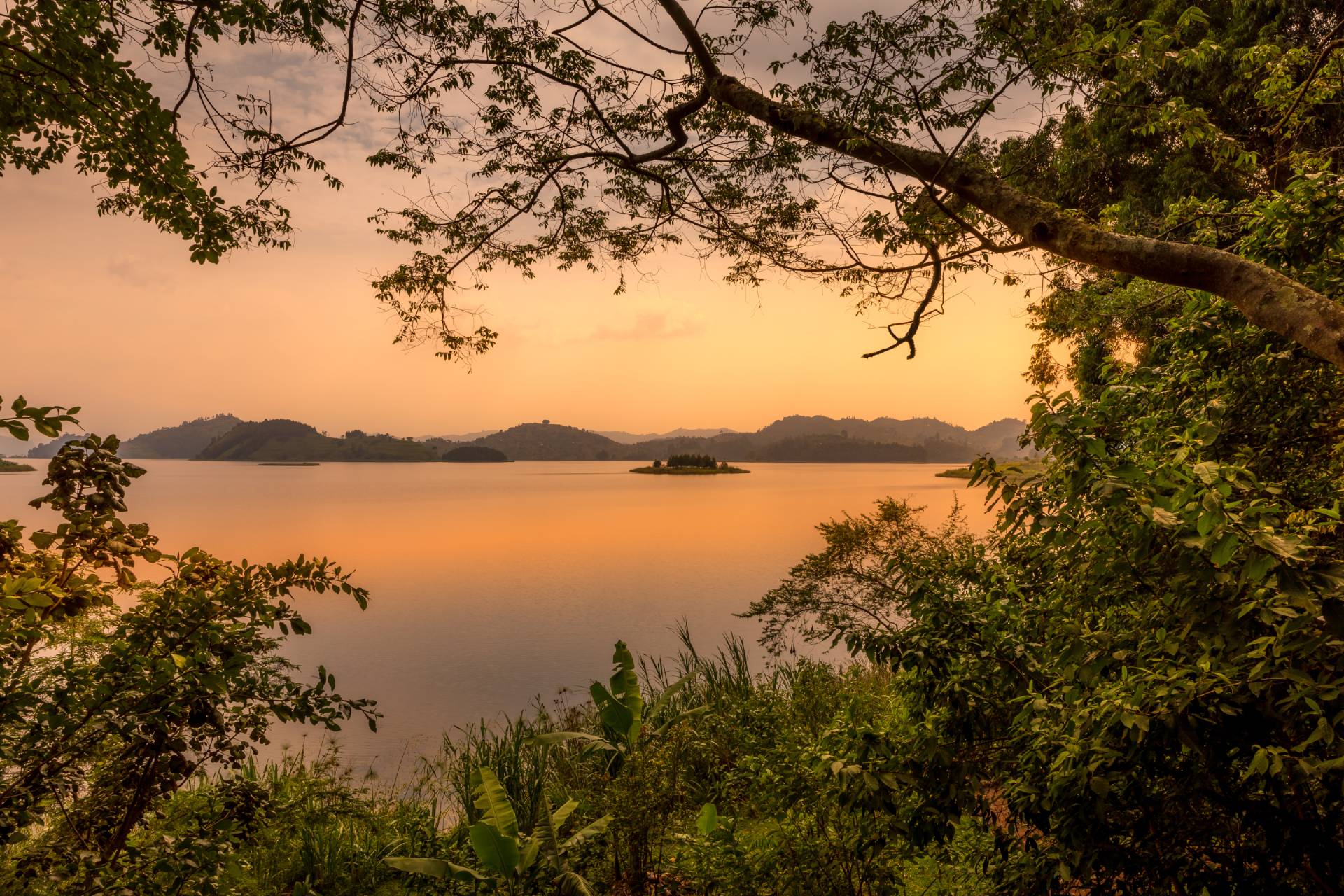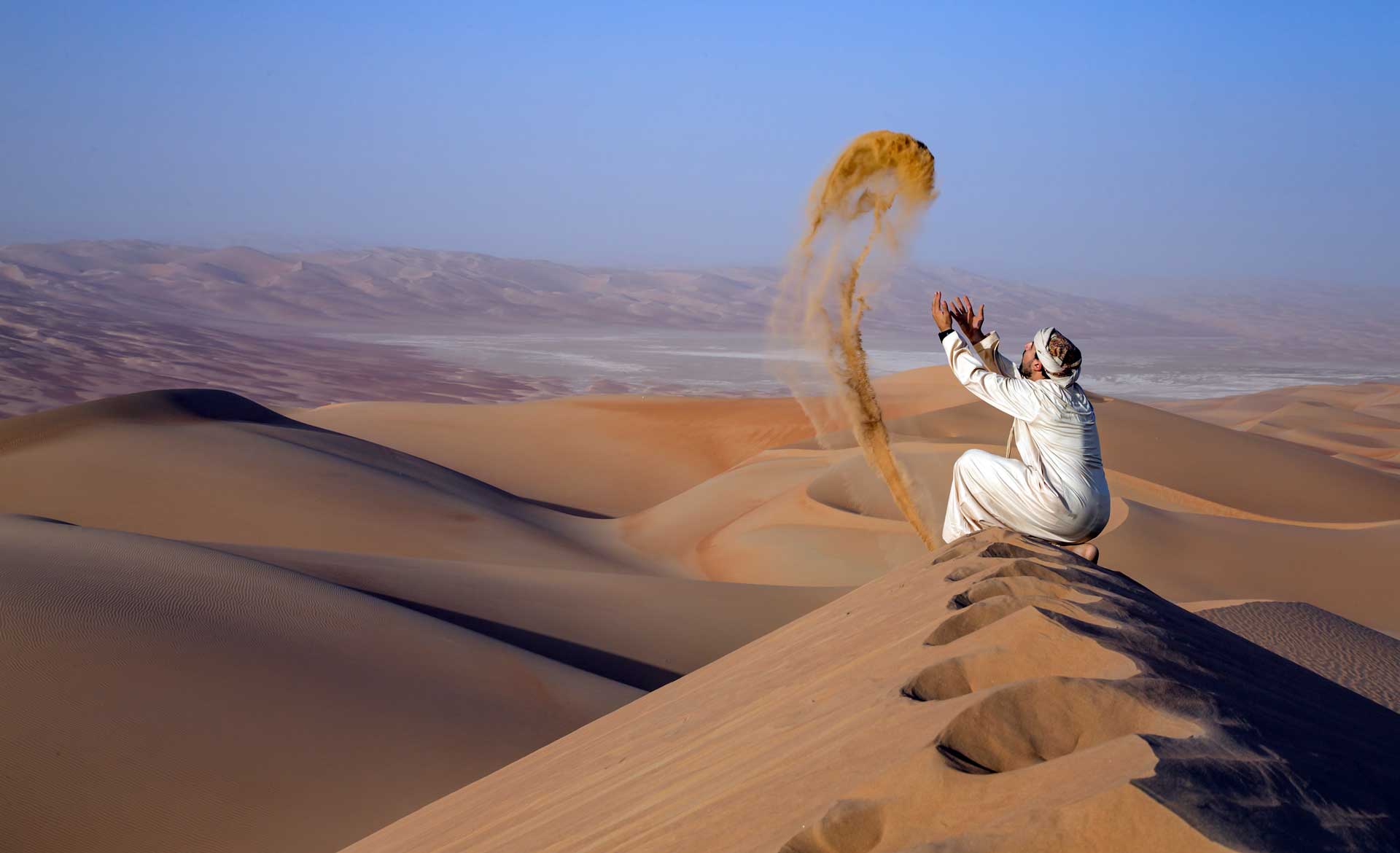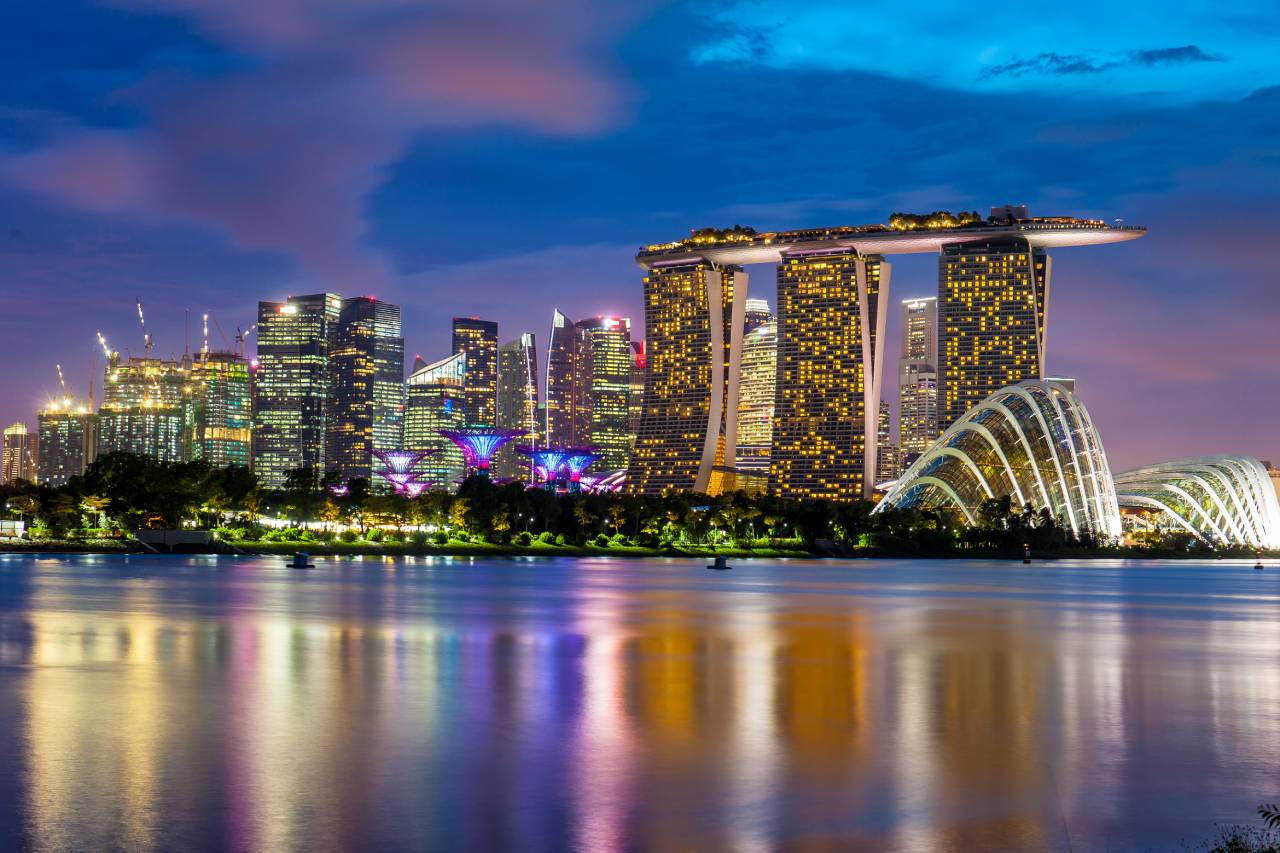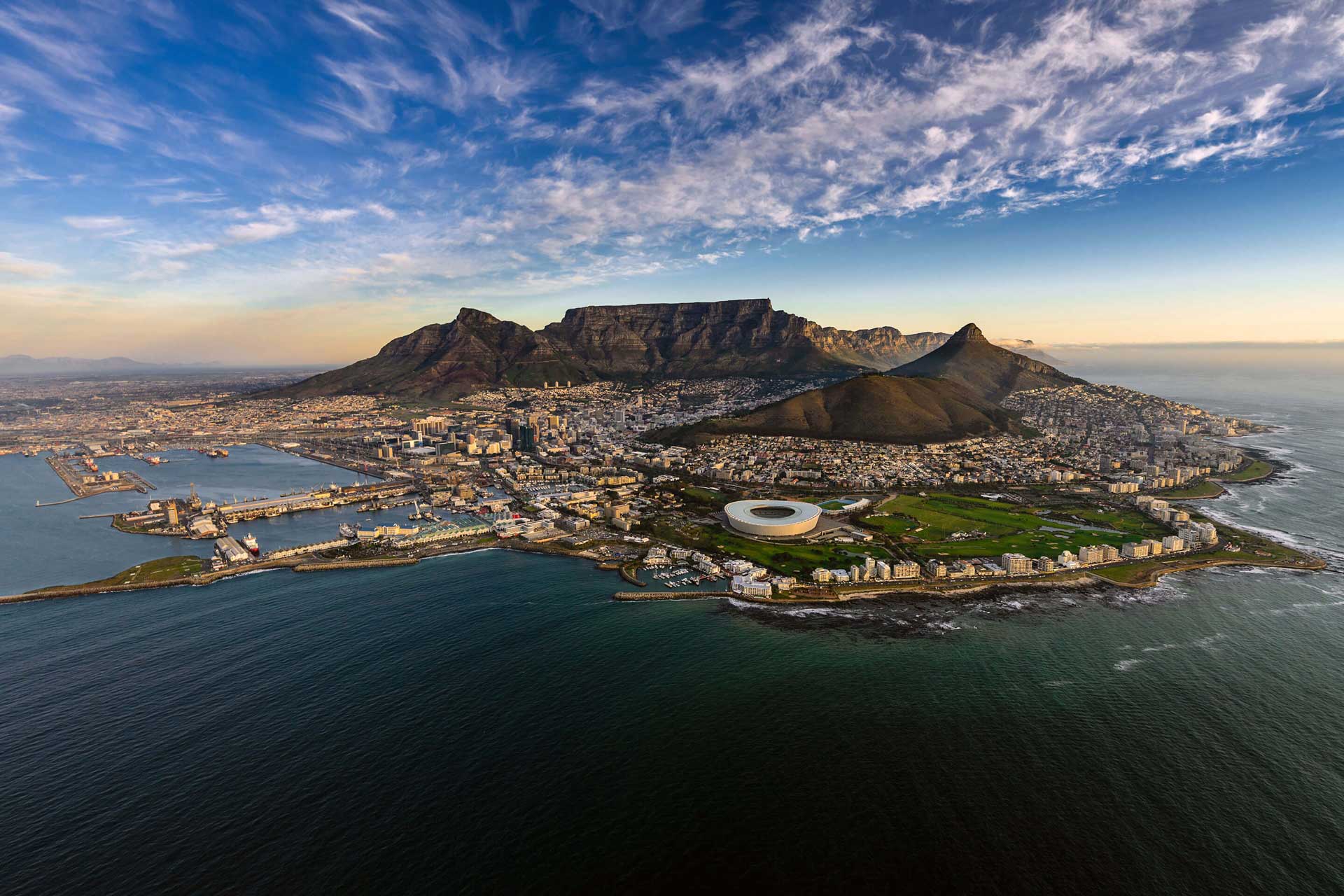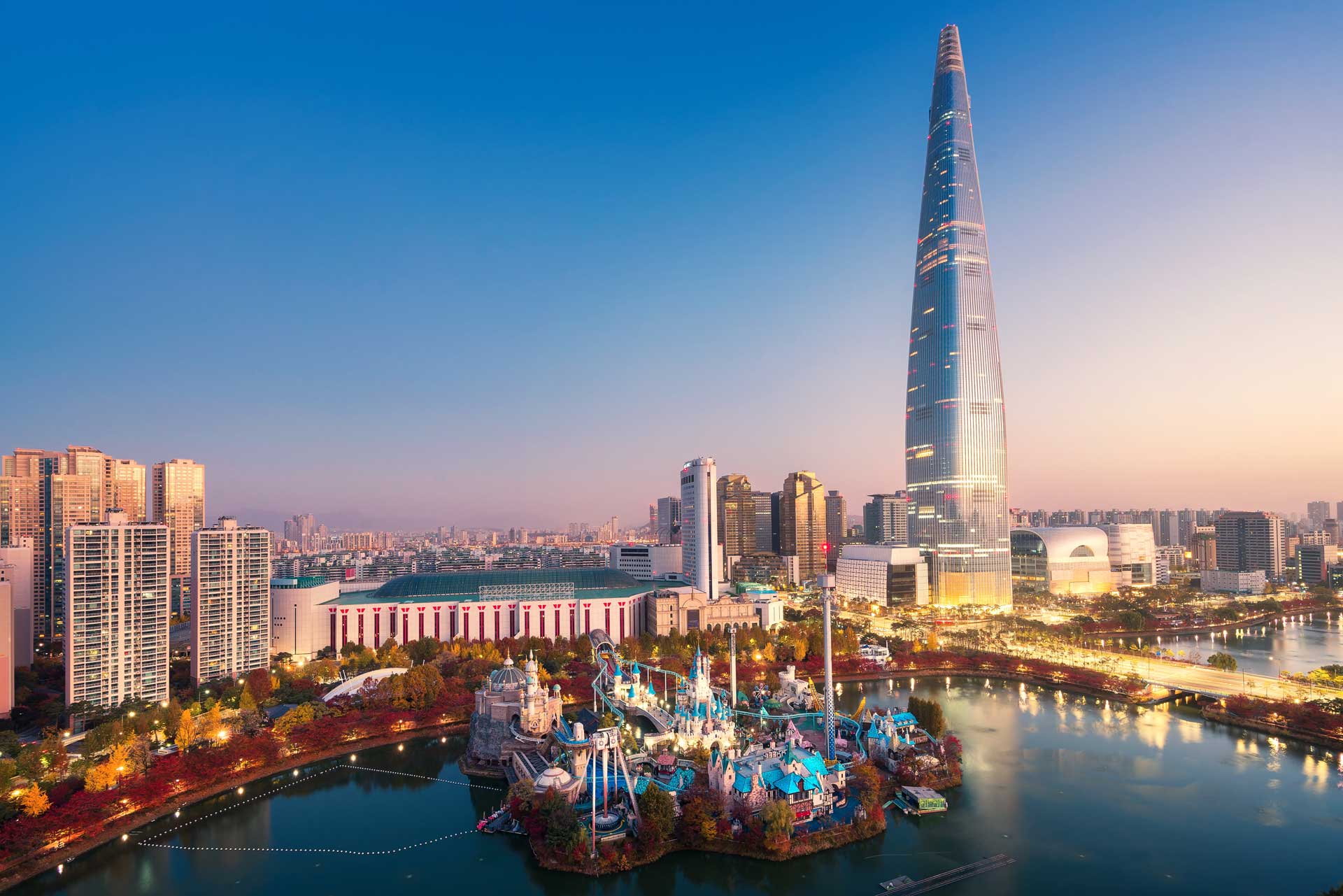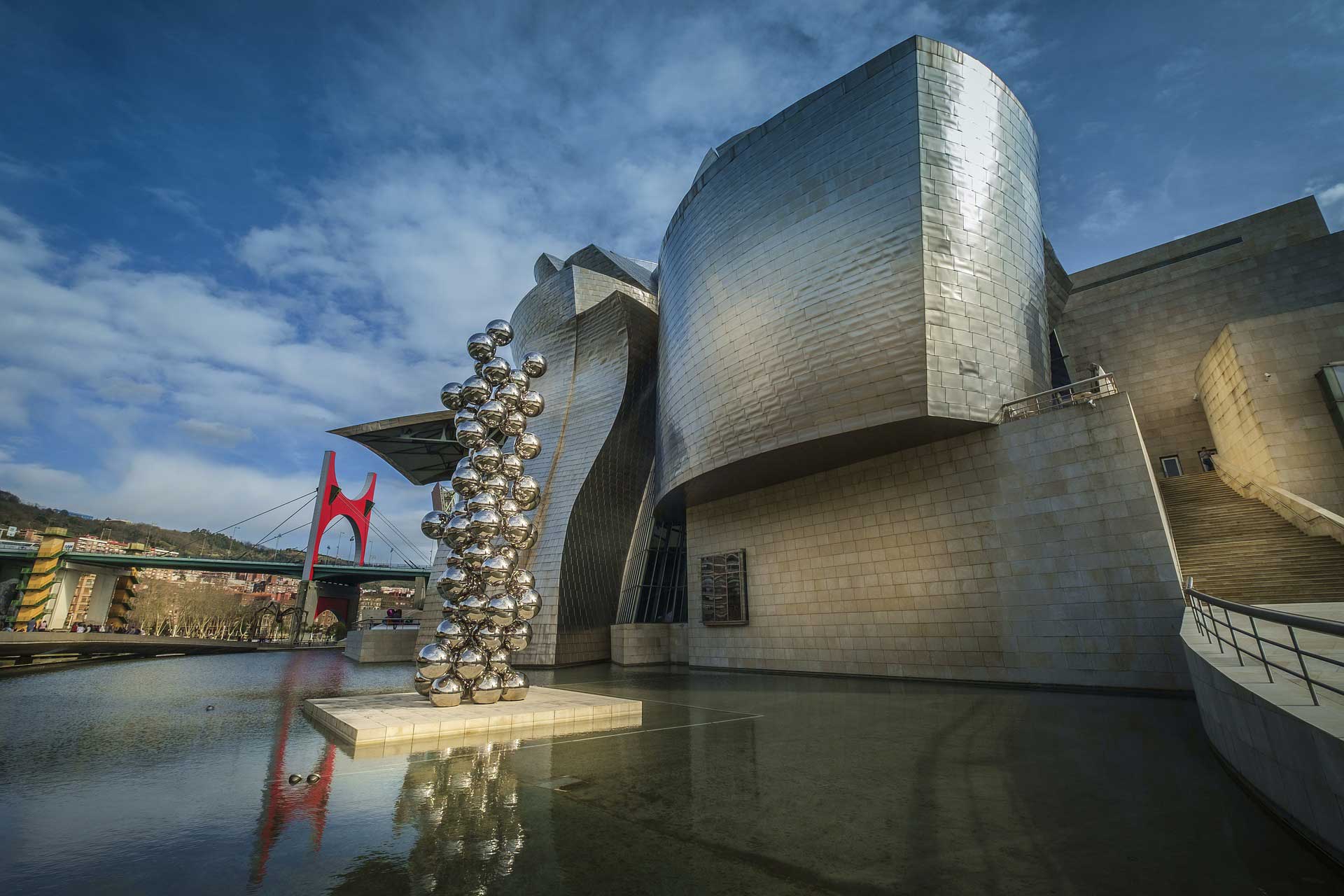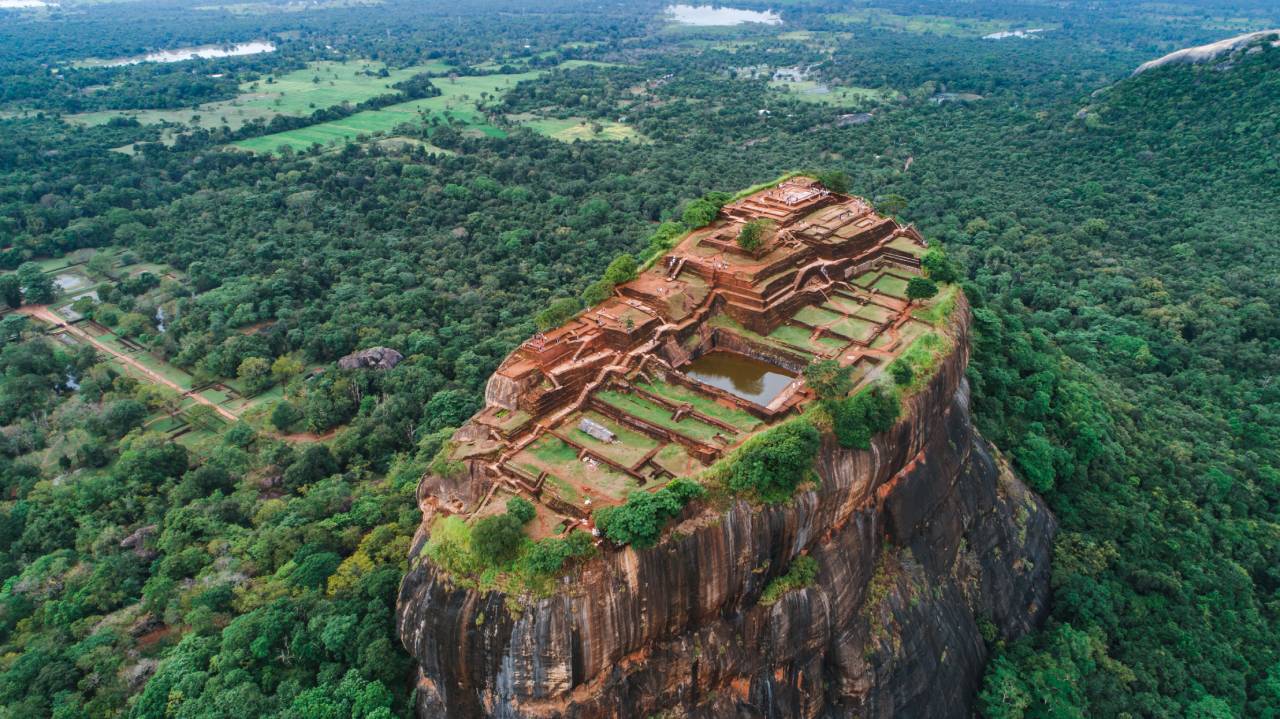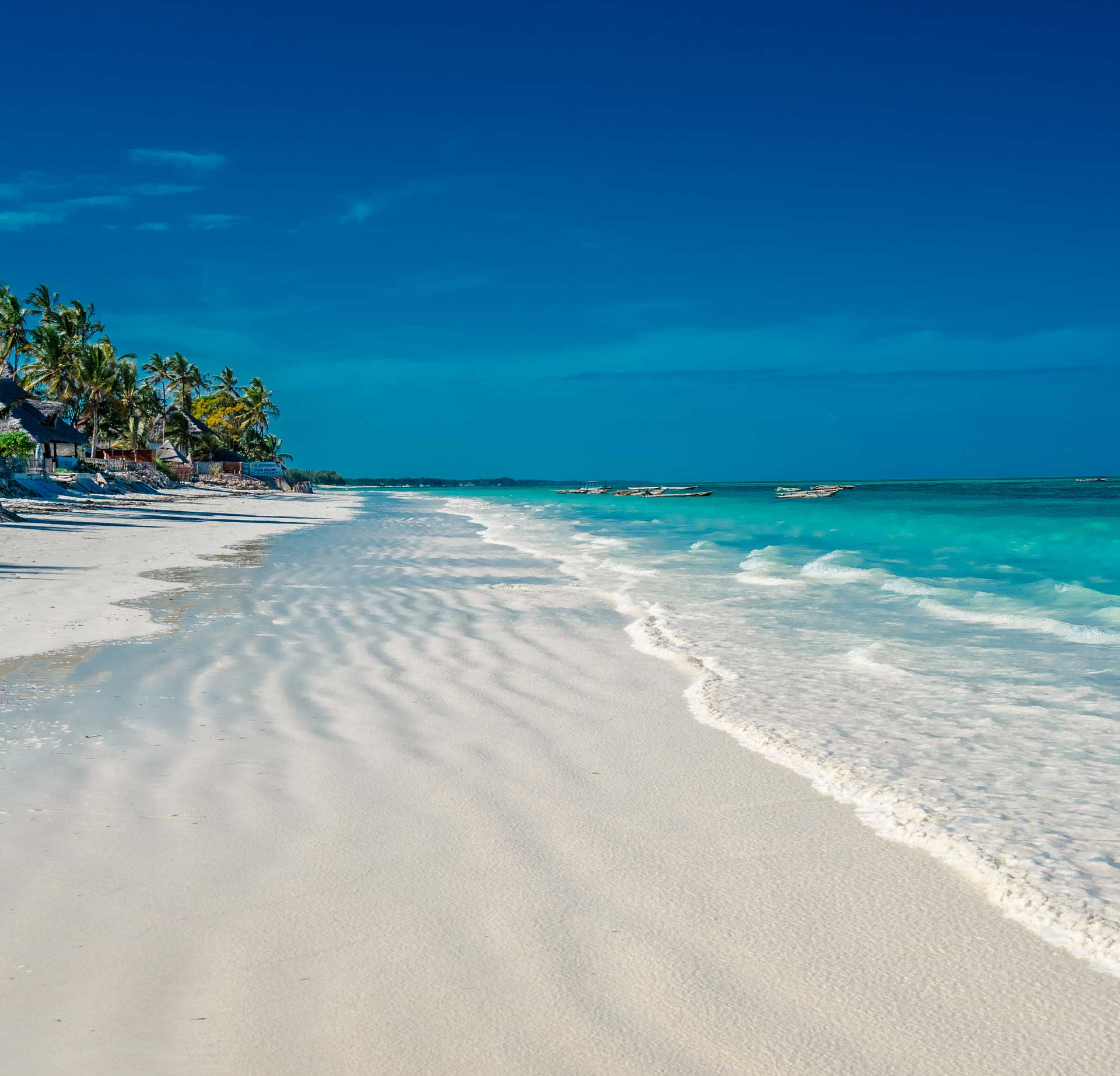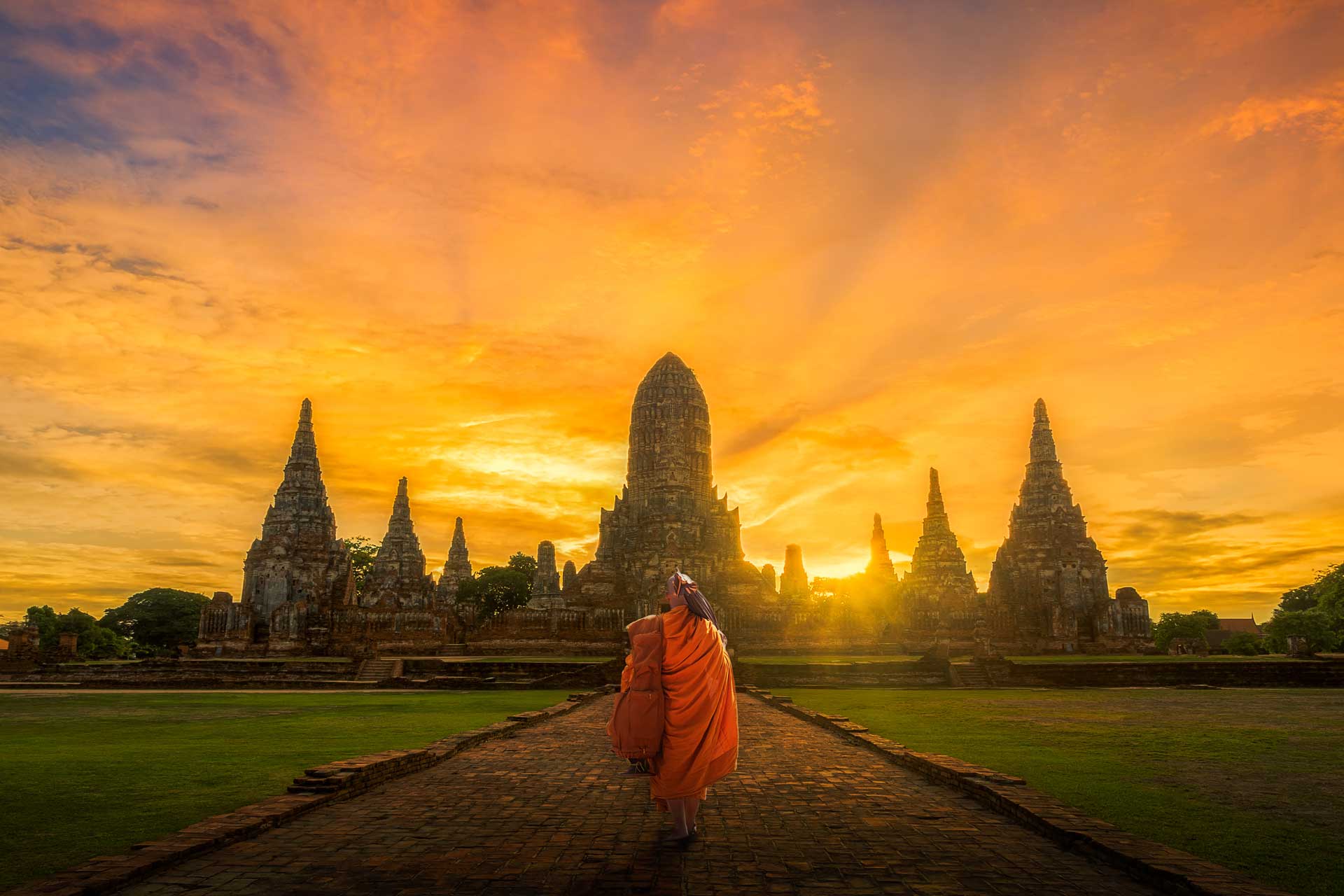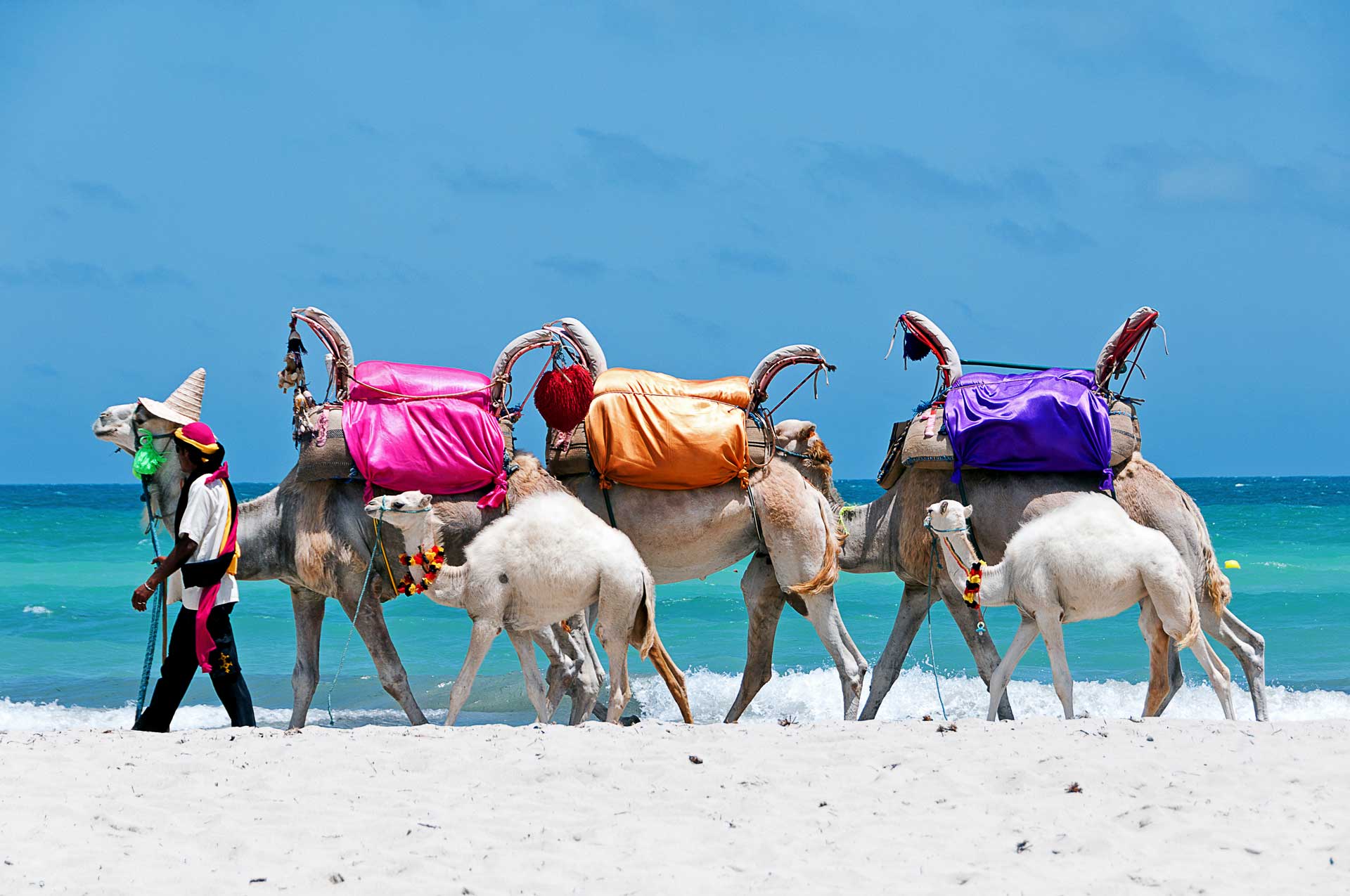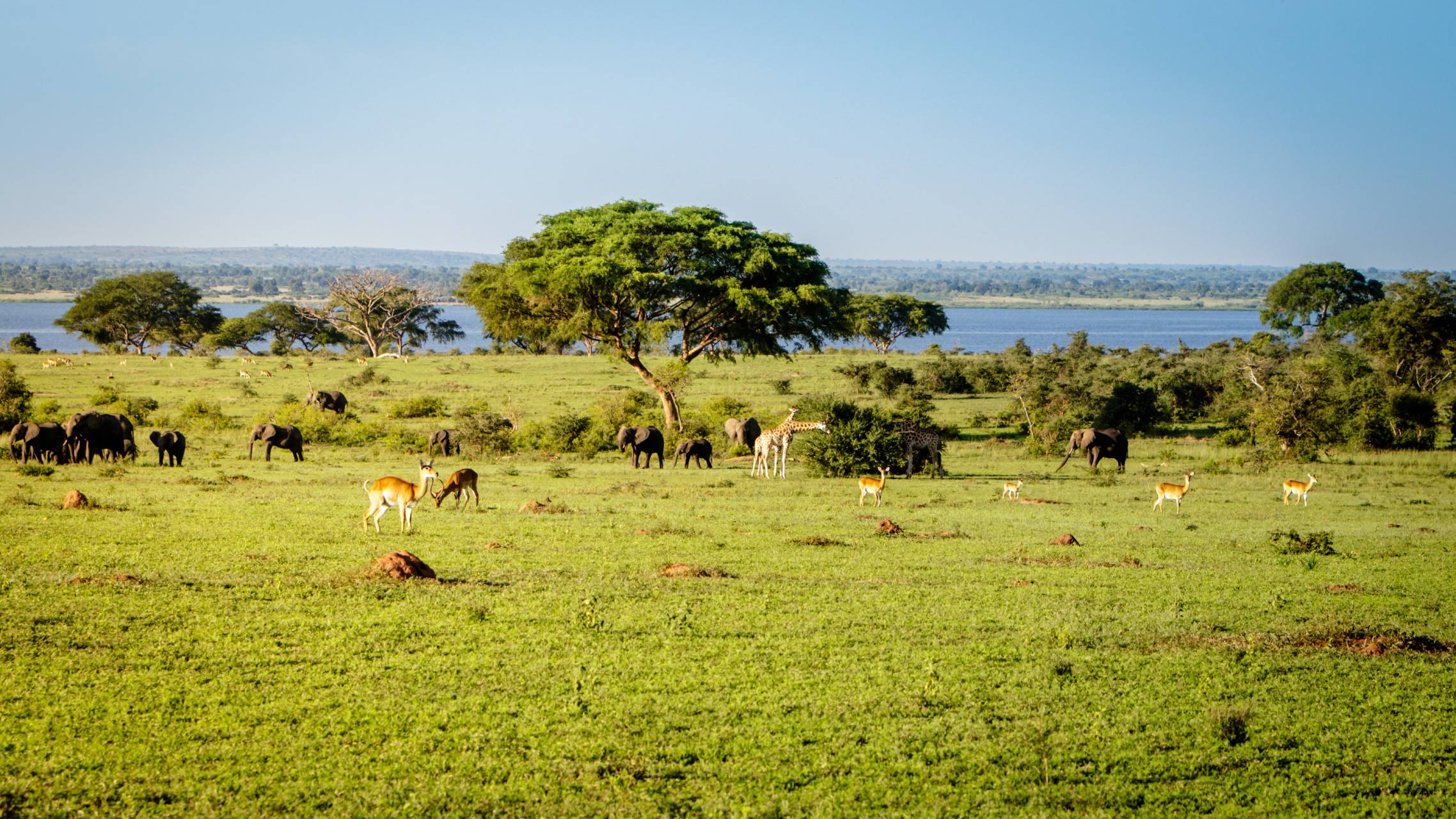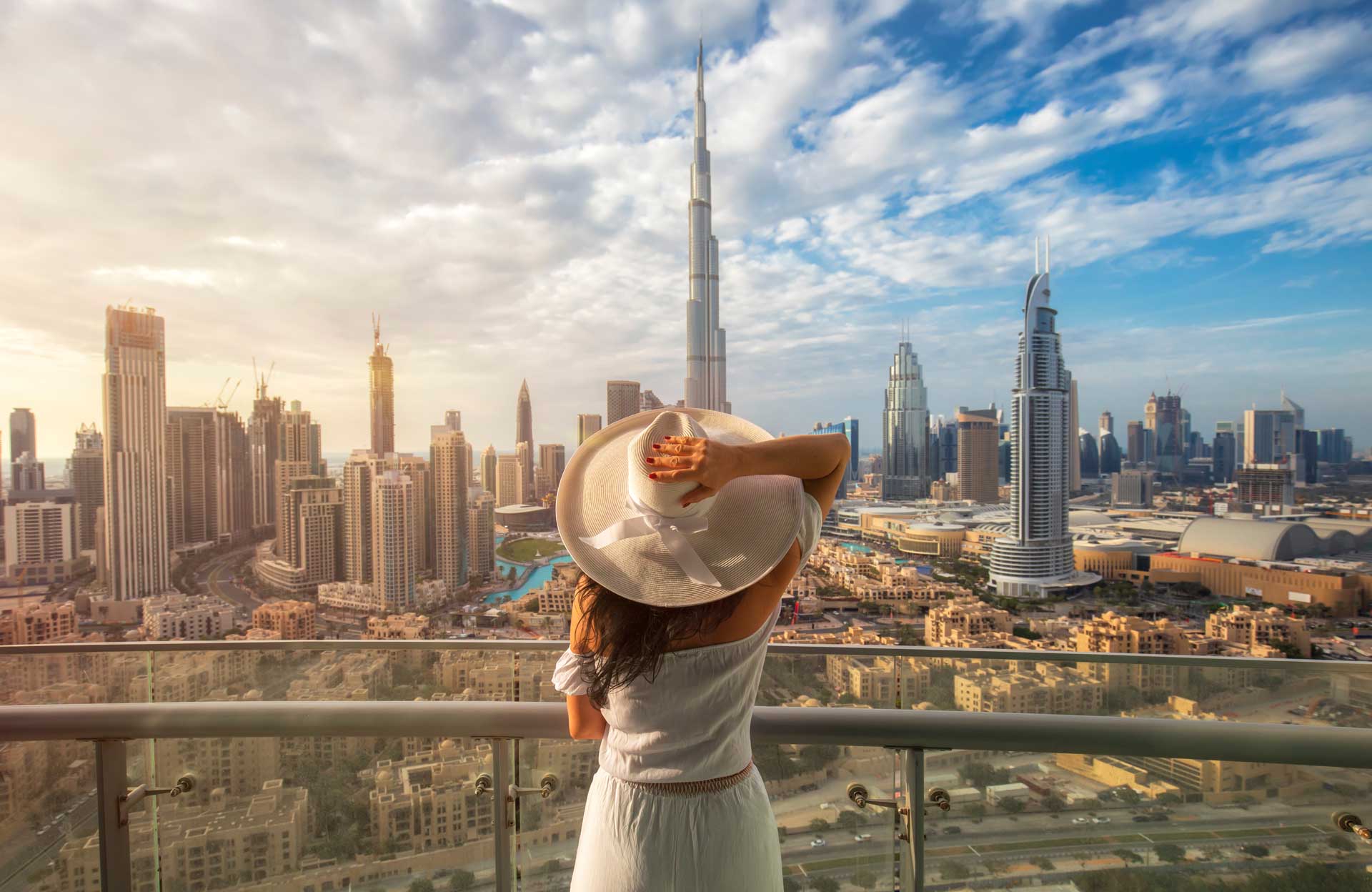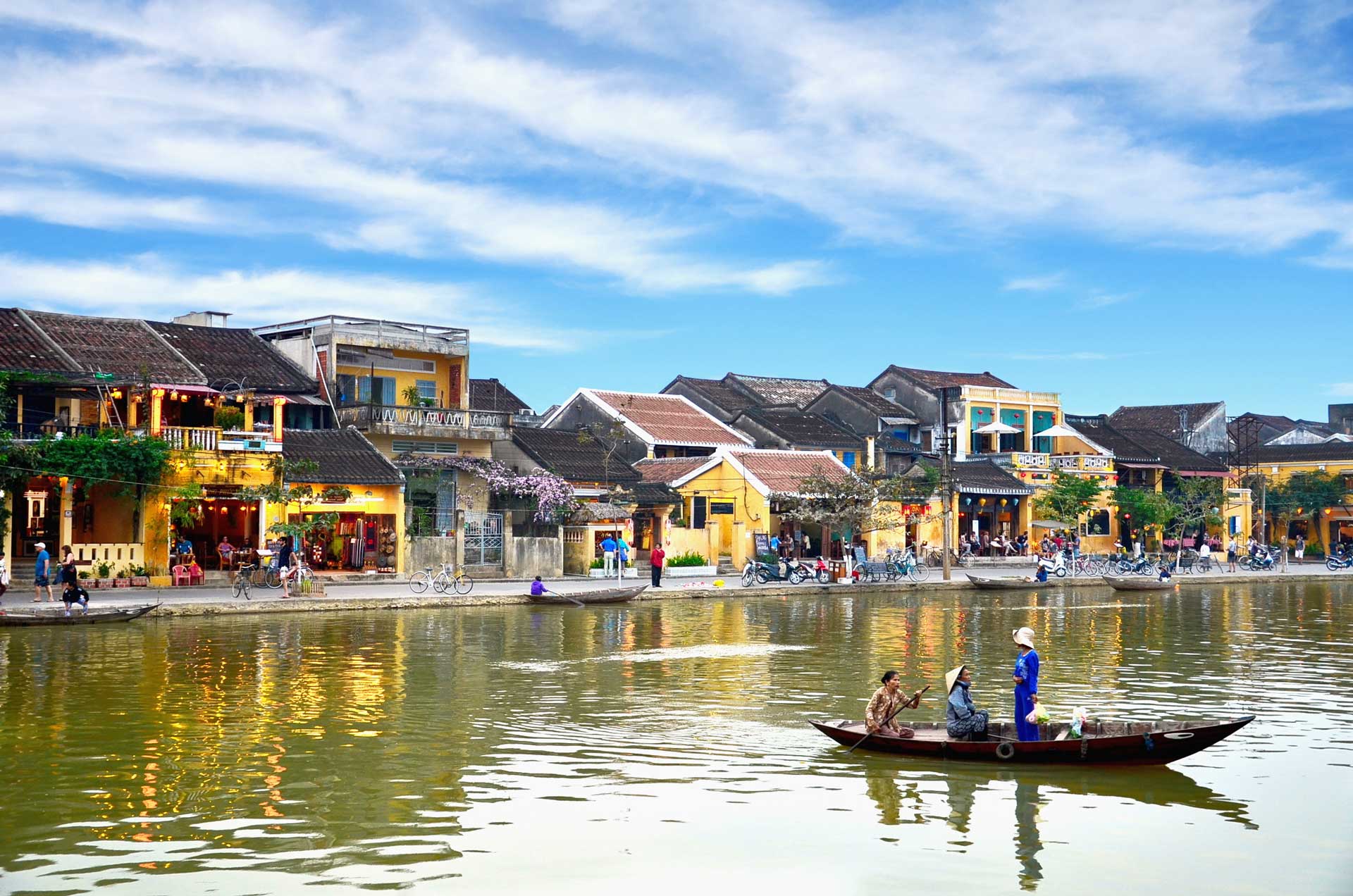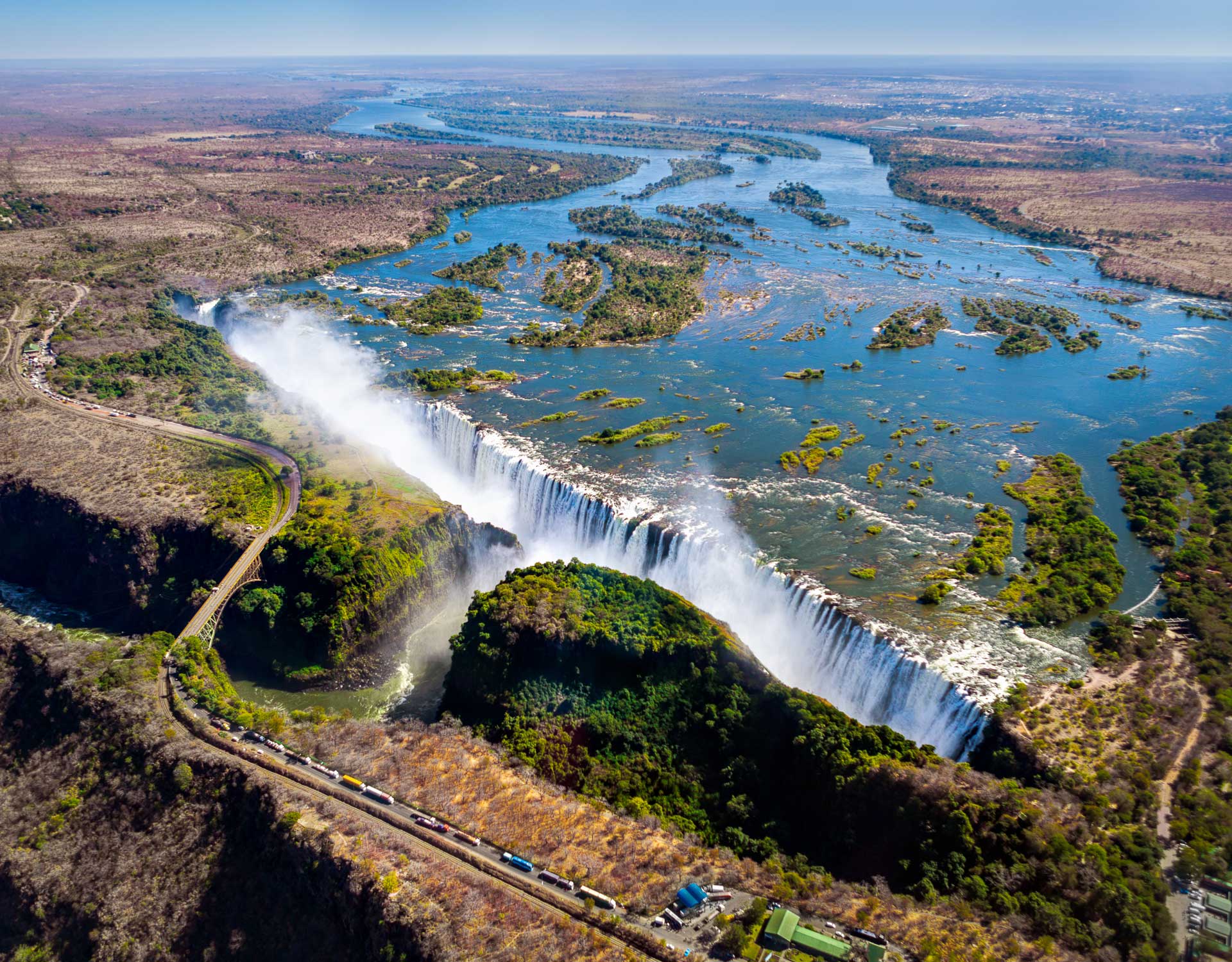Day 1: Arrival in Jakarta
Welcome to Indonesia! On arrival, a transfer from the airport to your hotel will be organised. In the evening, meet your fellow travellers over welcome drinks while your Tour Leader explains some important details and logistics of the journey ahead.
Today we will drive past the National Monument and Presidential Palace and then visit the National Museum. Afterwards, we will drive onward to the northern part of town to visit Fatahillah Square in Old Batavia and to visit Sunda Kelapa, a traditional harbor, to see numbers of Phinisi (a two-masted sailing ship).
Meals included:
Breakfast
Lunch
Activities included:
Visit of the National Museum
Visit of Fatahillah Square in Old Batavia
Visit of Sunda Kelapa, a traditional harbor
Explore the enchanting Bogor Botanical Garden, Indonesia’s first and foremost botanic garden, spanning 87 hectares. Amidst a bustling city of 1 million people, this meticulously maintained oasis is home to a diverse collection of trees, plants, flowers, lawns, and ponds. It is renowned globally for its research and conservation efforts, evolving and expanding over the years. Don’t miss the captivating orchid house, boasting an impressive array of 3,000 delicate varieties. As we leave Bogor, the road winds upward for approximately 30 minutes, leading us to Puncak Pass. Behold a breath-taking panorama of rolling green hills adorned with tea plantations. Conclude your day with a delightful Indonesian lunch at a local restaurant before spending the afternoon at leisure.
Meals included:
Breakfast
Lunch
Activities included:
Visit of Bogor Botanical Garden
Bandung, once hailed as the “Paris of Java” and a beloved retreat for affluent tea and coffee plantation owners, showcases its rich colonial heritage with captivating Art Deco buildings. Our journey commences with an early morning drive to Ciwidey, meandering through picturesque strawberry fields until we reach Situ Patenggang, a serene lake enveloped in tranquillity. As mist gracefully descends from the hills, the landscape transforms into a magical spectacle. Next, we visit Kawah Putih, the mesmerizing White Crater, where shimmering shallow waters bear an ethereal snowy hue. On our return to the city, we traverse rolling hills adorned with sprawling tea plantations. In the afternoon, delve into the enchanting world of traditional wooden doll puppet theatre, known as ‘wayang golek,’ and experience the captivating melodies of the bamboo orchestra, ‘angklung’, as well as the classical Sundanese gamelan and dances.
Meals included:
Breakfast
Lunch
Activities included:
Excursion to lake Situ Patenggang
Visit of Kawah Putih, the White Crater
Arts & Craft – Traditional wooden doll puppet theatre, “wayang golek” performance
Day 5: Bandung - Yogyakarta
Transfer to Bandung Train Station and embark on a train to Yogyakarta. Marvel at the verdant landscapes that unfold as we traverse the mountainous region near Bandung. Upon arrival, you will be transferred to your hotel. The rest of the day is at leisure. Take the opportunity to immerse yourself in the charming ambiance of the town. Yogyakarta offers a plethora of activities, particularly in the realm of arts and crafts. Known as the Javanese art capital, the city is adorned with hidden workshops and ateliers where you can discover exquisite souvenirs. Strolling through the alleyways and markets is a delightful experience, as the welcoming and relaxed atmosphere blends the essence of tradition and modernity.
Meals included:
Breakfast
Lunch
Activities included:
Train to Yogyakarta
After breakfast at the hotel, we will drive to one of the highlights of the trip, Borobudur. Explore this massive Buddhist Temple- the largest in the world- and discover the incredible history behind its construction. Continue with a visit to Mendut and Pawon temples, nearby Borobudur. Older than Borobudur, this pyramid-shaped temple houses three impressively carved stone statues.
Pawon Temple is believed to have been built as a tomb or mortuary temple for a king during the 8th-9th centuries. Mendut Temple is a sacred place for Javanese followers of traditional mysticism and Buddhism. Praying at Mendut Temple is believed to bring blessings, including relief from illnesses. Mendut, Borobudur, and Pawon temples are aligned in a straight line, symbolizing their deep religious connection, although the precise rituals remain a mystery. Explore this spiritual trio and immerse yourself in the rich cultural heritage of Java.
Meals included:
Breakfast
Activities included: Visit of Borobudur
Visit of Pawon temple
Visit of Mendut temple
Embark on a unique and captivating exploration of Yogyakarta with a delightful ride on a traditional Javanese becak (3-wheeled rickshaw). Discover the grandeur of the Royal Palace, known as the Keraton, and delve into the history and culture of the region as you admire the royal clothing collections and valuable relics. Continue your journey, walking to the enchanting Tamansari Water Castle, a hidden gem with a fascinating blend of Eastern and Western architectural styles. After lunch, uncover the ancient art of batik making, a cherished tradition intricately woven into the lives and heritage of the Javanese people. Conclude your Yogyakarta adventure at the majestic Prambanan Temple, a sprawling temple complex dedicated to Lord Shiva, adorned with intricate reliefs depicting the epic tales of the Ramayana. Immerse yourself in the rich cultural tapestry of Yogyakarta as you unravel the secrets of this captivating city.
Meals included:
Breakfast
Lunch
Activities included:
Exploration of Yogyakarta on a traditional Javanese becak ride
Visit of the Royal Palace, known as the Keraton
Stop at the Tamansari Water Castle
Arts & Craft – Discovery of the art of batik making
Visit of Prambanan temple
Day 8: Yogyakarto - Mt Bromo
Travel by train to Mojokerto before continuing the journey by car along the east side through Java’s heartland, passing endless teak forest and lush countryside until Mt Bromo. Indonesia is part of the Pacific Ring of Fire, with no less than 127 active volcanoes, it is home to the most well known volcano Mt Bromo. Its name, Bromo, derives from the Javanese pronunciation of Brahma, the Hindu creator god.
Meals included:
Breakfast
Lunch
Activities included:
Travel by train to Mojokerto
Day 9: Mt Bromo - Kalibaru
At 3.00 am depart to Penanjakan on the rim of tengger caldera by jeep to view one of the most spectacular sunrises. Enjoy the summit and admire the magnificent panorama over its caldera from 2,700 m, as well as an expansive area of sand/dust known as the Sea of Sand. Just outside the National Park there are some incredible viewpoints of Mt Bromo and its surroundings, which provide some of the most iconic and stunning views in all of Indonesia, especially at sunrise. After viewing this beautiful moment, head back to the hotel for breakfast. Continue your discoveries as we drive to Banyuwangi (takes about 6 hours drive). Along the way, enjoy a traditional lunch at a local restaurant. Upon arrival at Kalibaru the afternoon is at leisure.
Meals included:
Breakfast
Lunch
Activities included:
Unique – Sunrise on top of Mount Penanjakan
Venture into the mesmerizing landscapes of Java’s Ijen plateau, where coffee, cocoa and clove plantations thrive against the backdrop of majestic volcanoes. Immerse yourself in the local culture as you meet friendly villagers and bask in the serenity of tropical gardens. Explore Harni’s plantation in Kalibaru, a picturesque village nestled amidst Java’s most breath-taking plantations. Witness a captivating coffee-making demonstration and delve into the process of crafting brown sugar. Be enthralled by a traditional dance performed by local children, who may even invite you to join in the festivities. Continue your journey to Bali, indulging in a delicious lunch at a local restaurant along the way. Enjoy a scenic drive of approximately 5 hours, passing through ever-changing scenes of idyllic paradise—tranquil rural villages, terraced rice fields, lush plantations, fragrant orchards, and enchanting forests.
Meals included:
Breakfast
Lunch
Activities included:
Social – Exploration of Harni’s plantation in Kalibaru
Coffee-making demonstration and discovery of brown sugar making process
Start your day with a captivating tour of Ubud, immersing yourself in its rich cultural heritage. Visit the renowned Tirta Empul Temple, also known as the Holy Spring temple, where a legendary tale of good versus evil unfolds. This sacred site holds significant cultural importance and is recognized as a national heritage site. Next, journey to Gunung Kawi Bali, the oldest ancient Hindu temple in Ubud, known for its historical and spiritual significance. After lunch, venture to the picturesque Rice Terrace at Tegalalang village. Marvel at the breath-taking views as the terraced rice fields cascade down the slopes, offering an enchanting photo opportunity. Continuing your exploration, visit the iconic Ubud Monkey Forest nestled in the heart of the town. This natural sanctuary is home to a diverse population of over 700 grey long-tailed macaques. Take a stroll along the paved pathways, meandering through the lush nutmeg forest and discovering ancient temples hidden amidst the dense foliage. The Monkey Forest is a cherished wildlife reserve in Bali. Conclude your day with a memorable farewell dinner with your group, accompanied with a Balinese dance performance.
Meals included:
Breakfast
Dinner
Activities included:
Visit of Tirta Empul temple
Visit of Gunung Kawi Bali temple
Excursion to Tegalalang village
Visit the Ubud Monkey Forest
Balinese dance performance
Day 12: Departure from Ubud
It’s time to say goodbye, but just think of all the wonderful stories you will take home. A transfer will take you to the airport for your onward travels.
Meals included:
Breakfast


